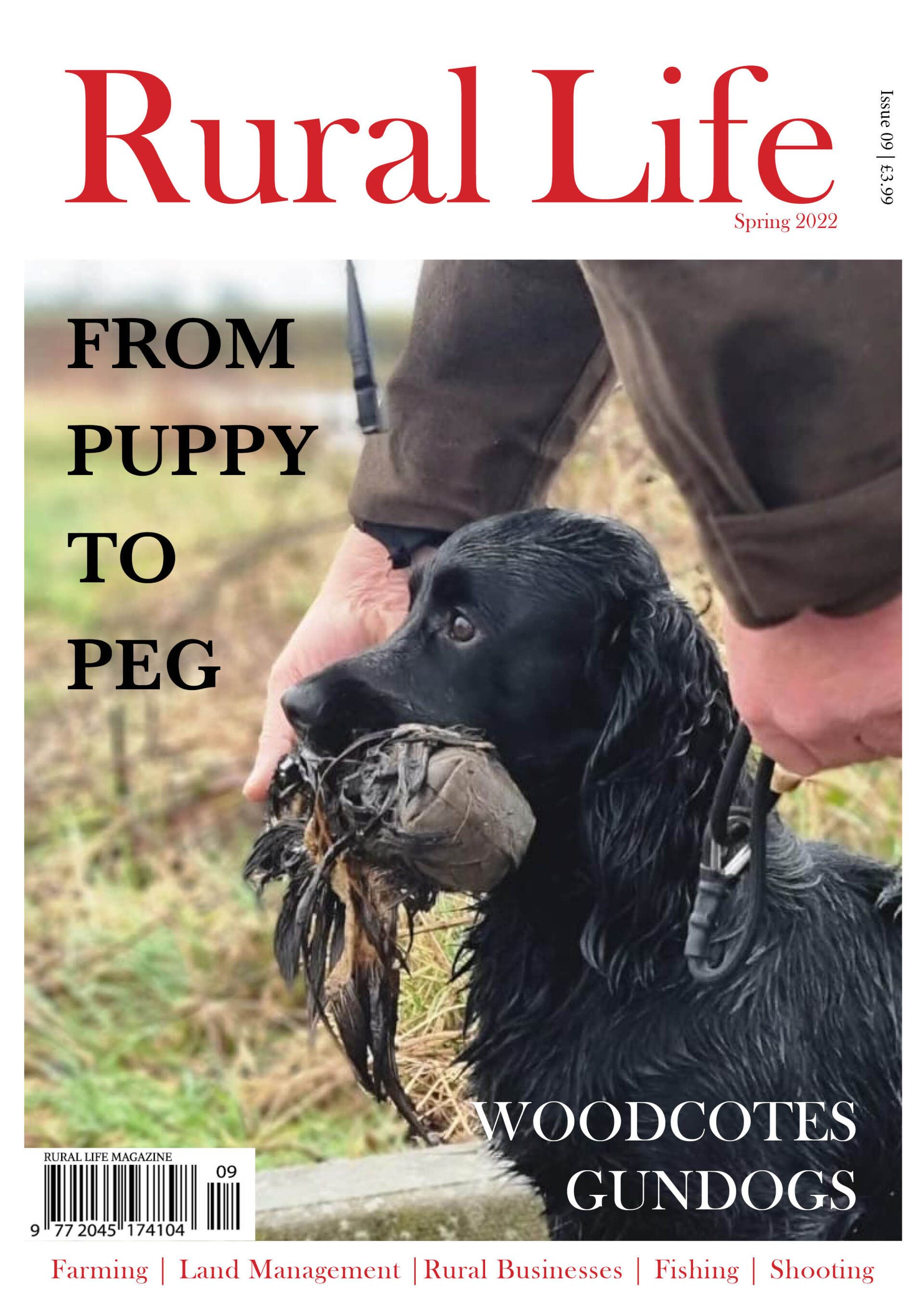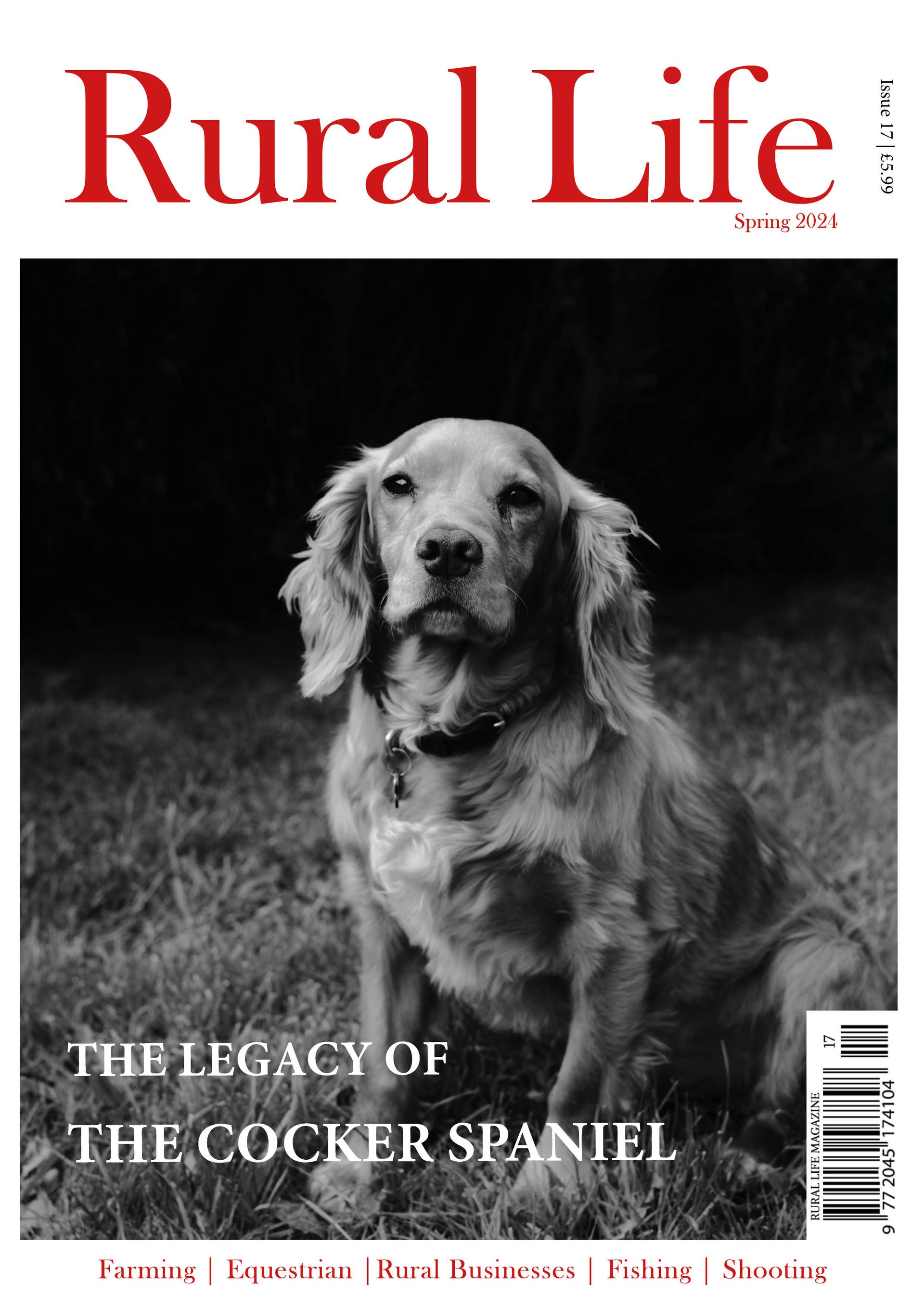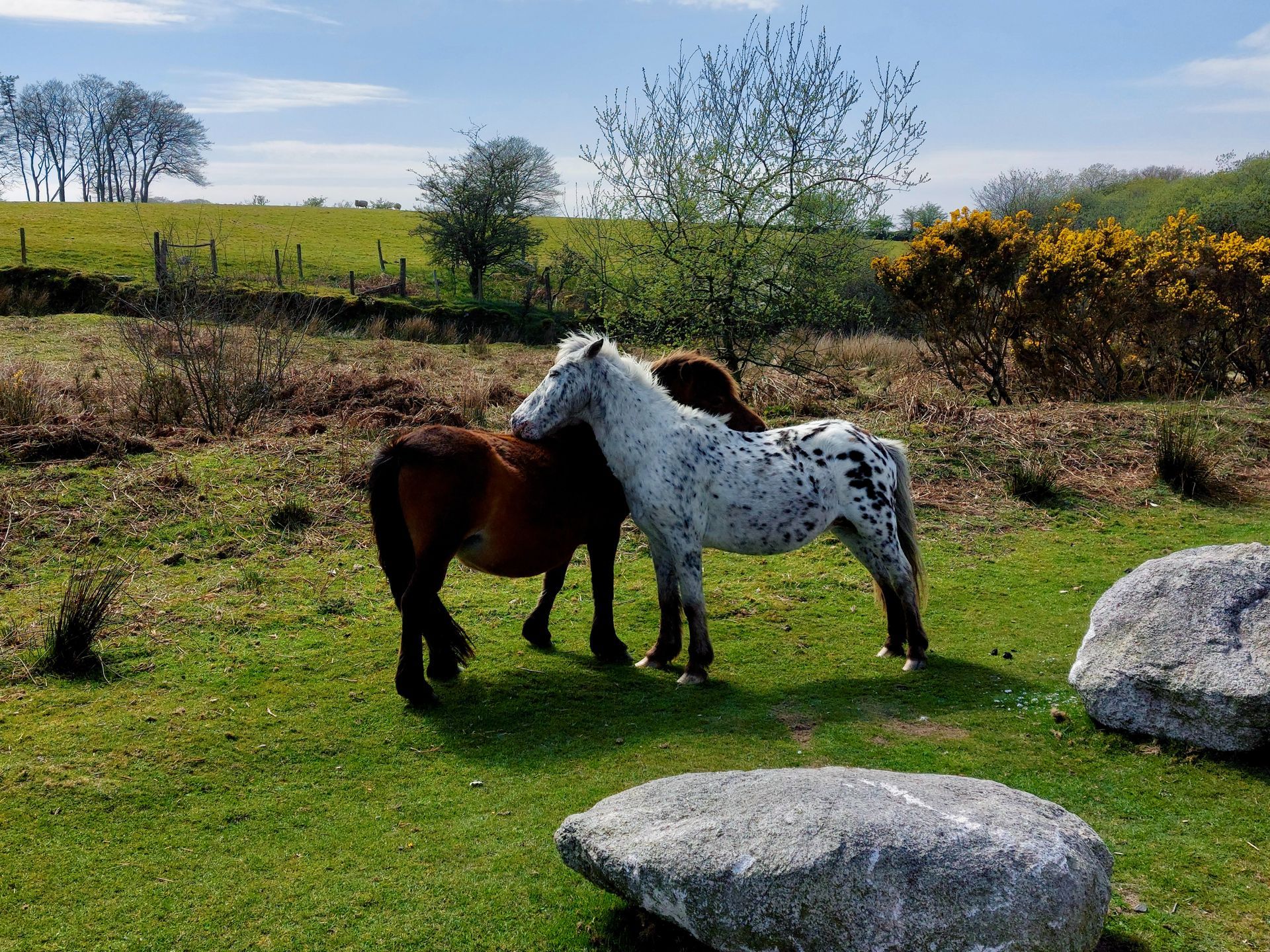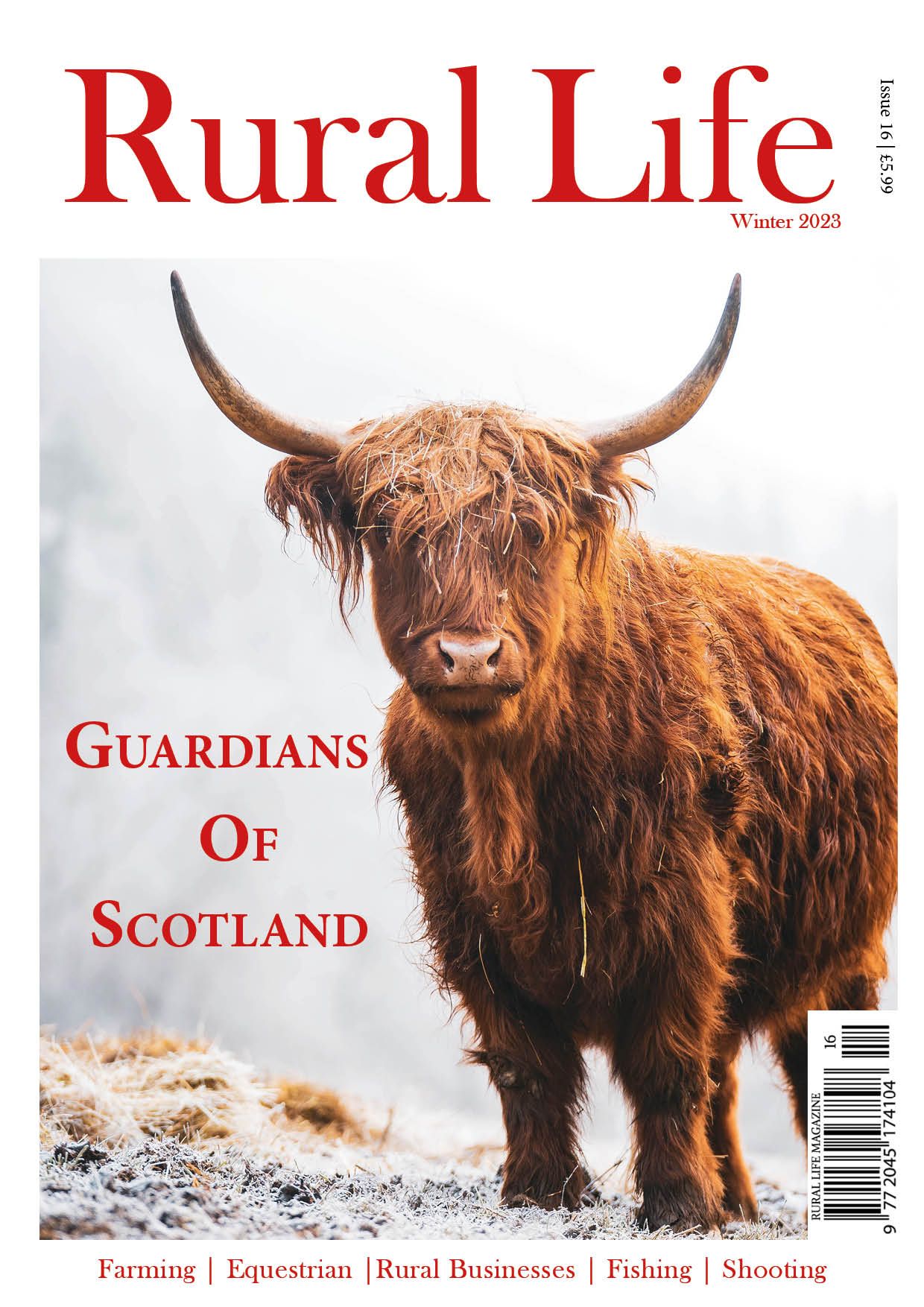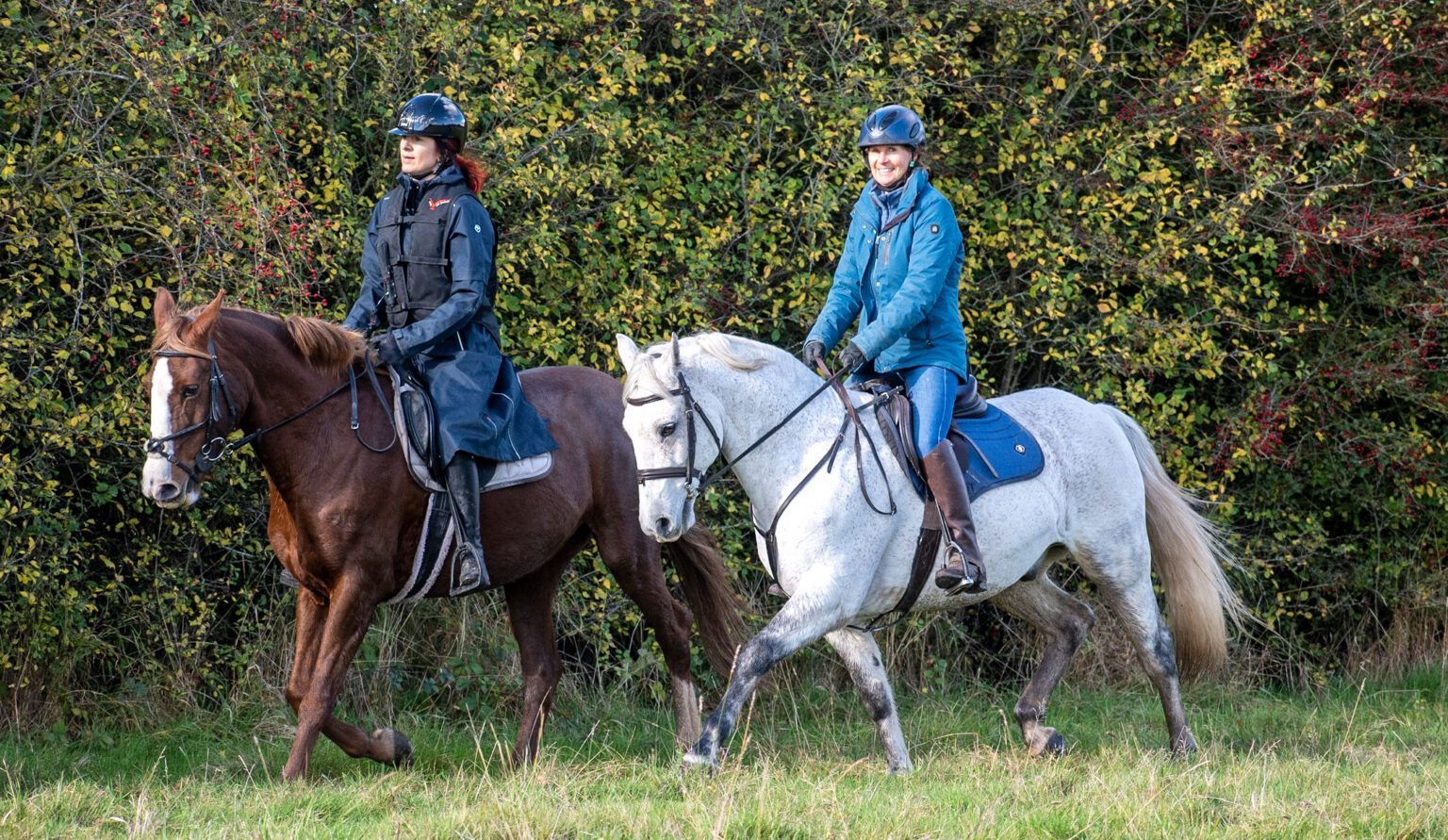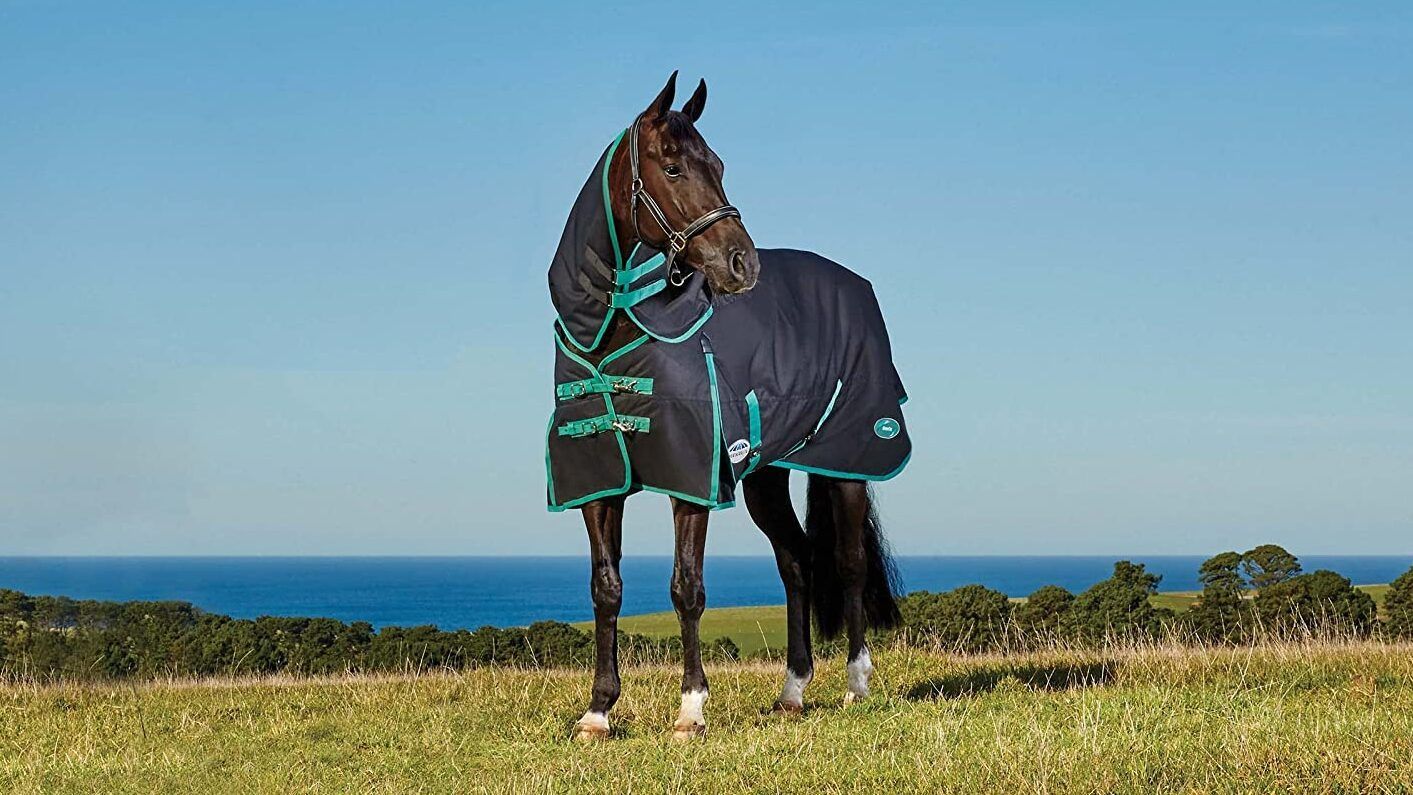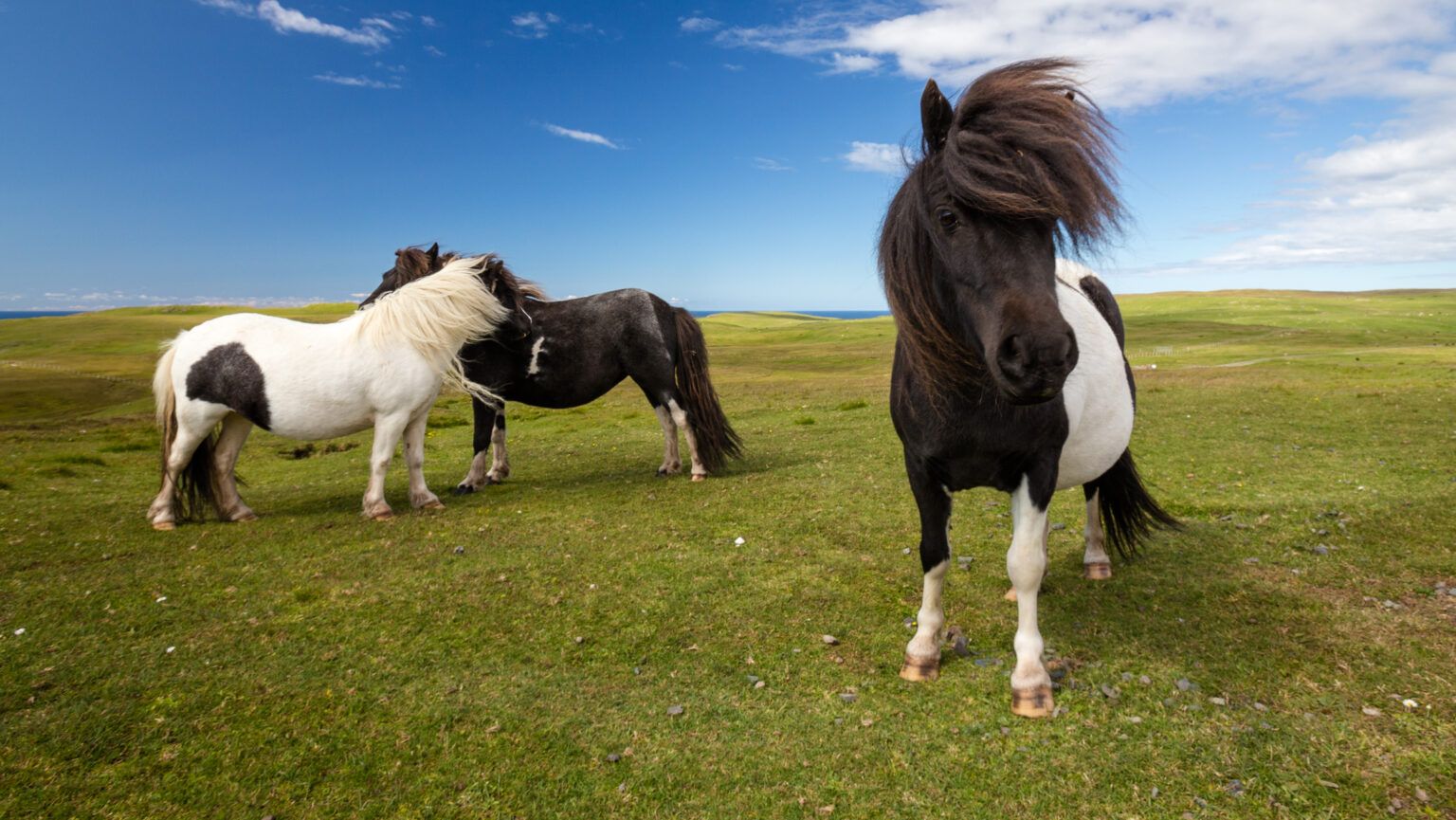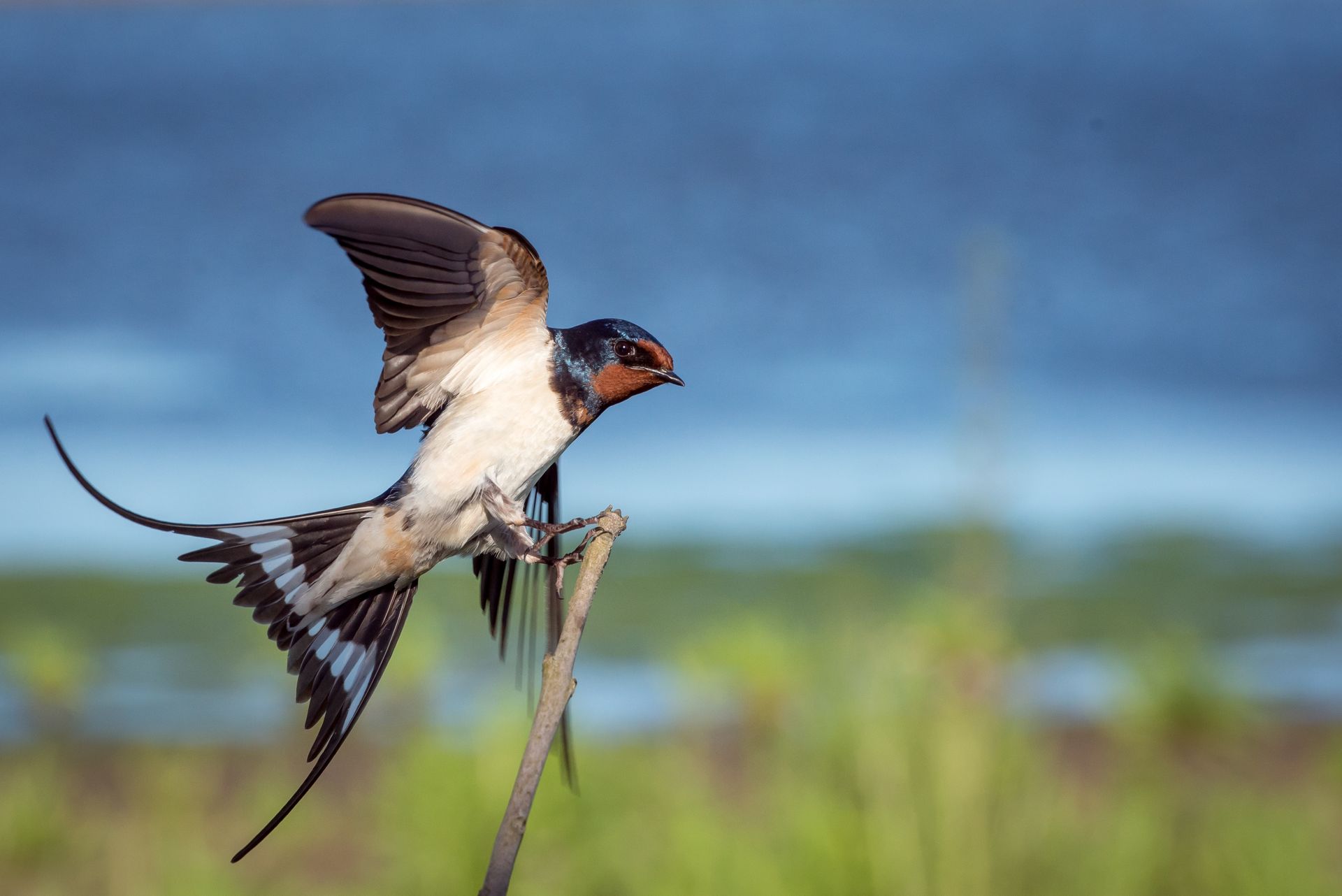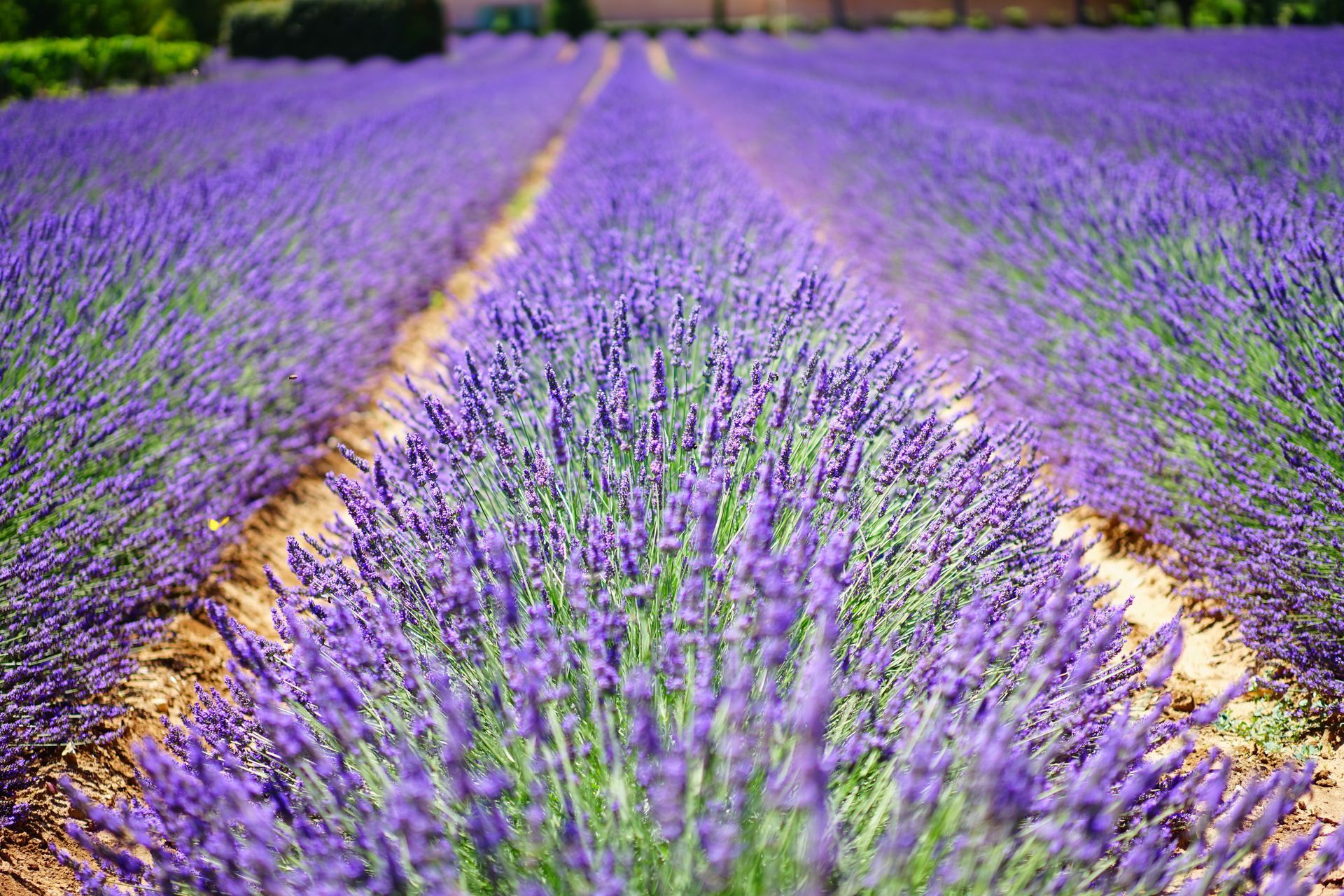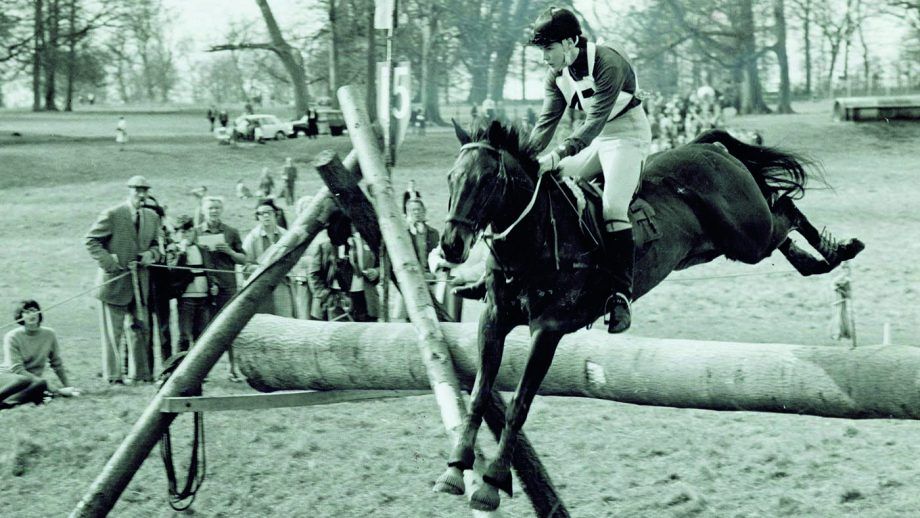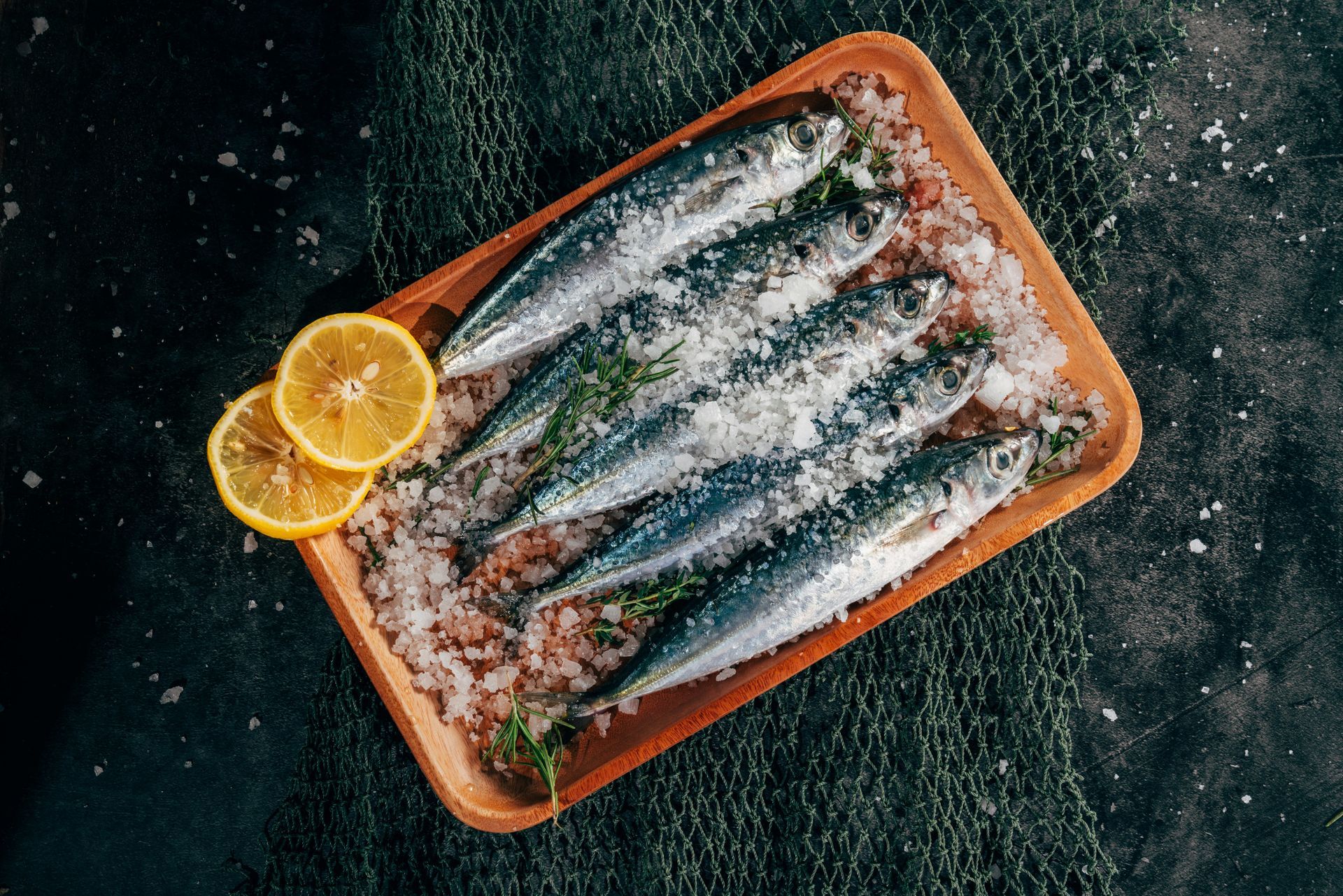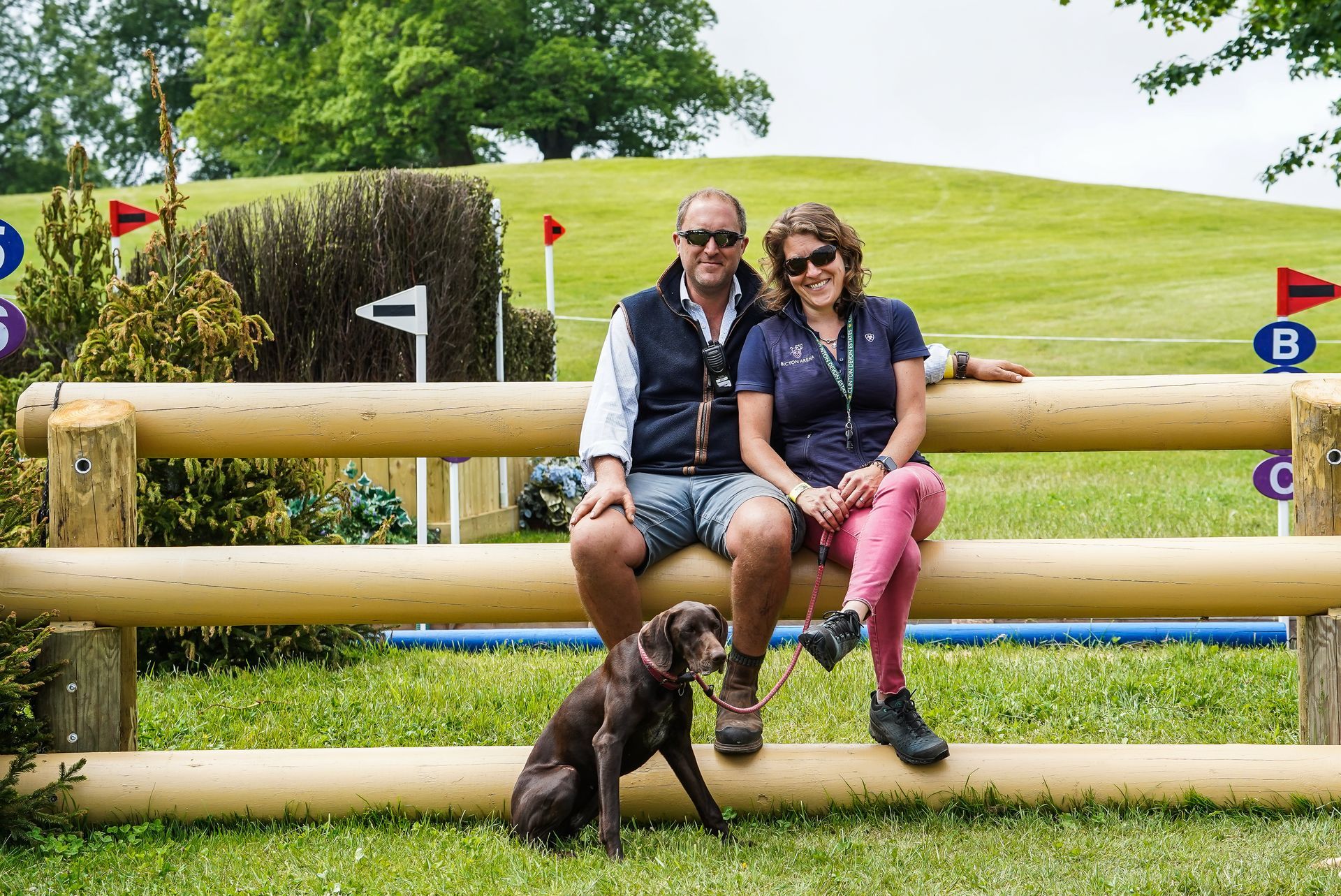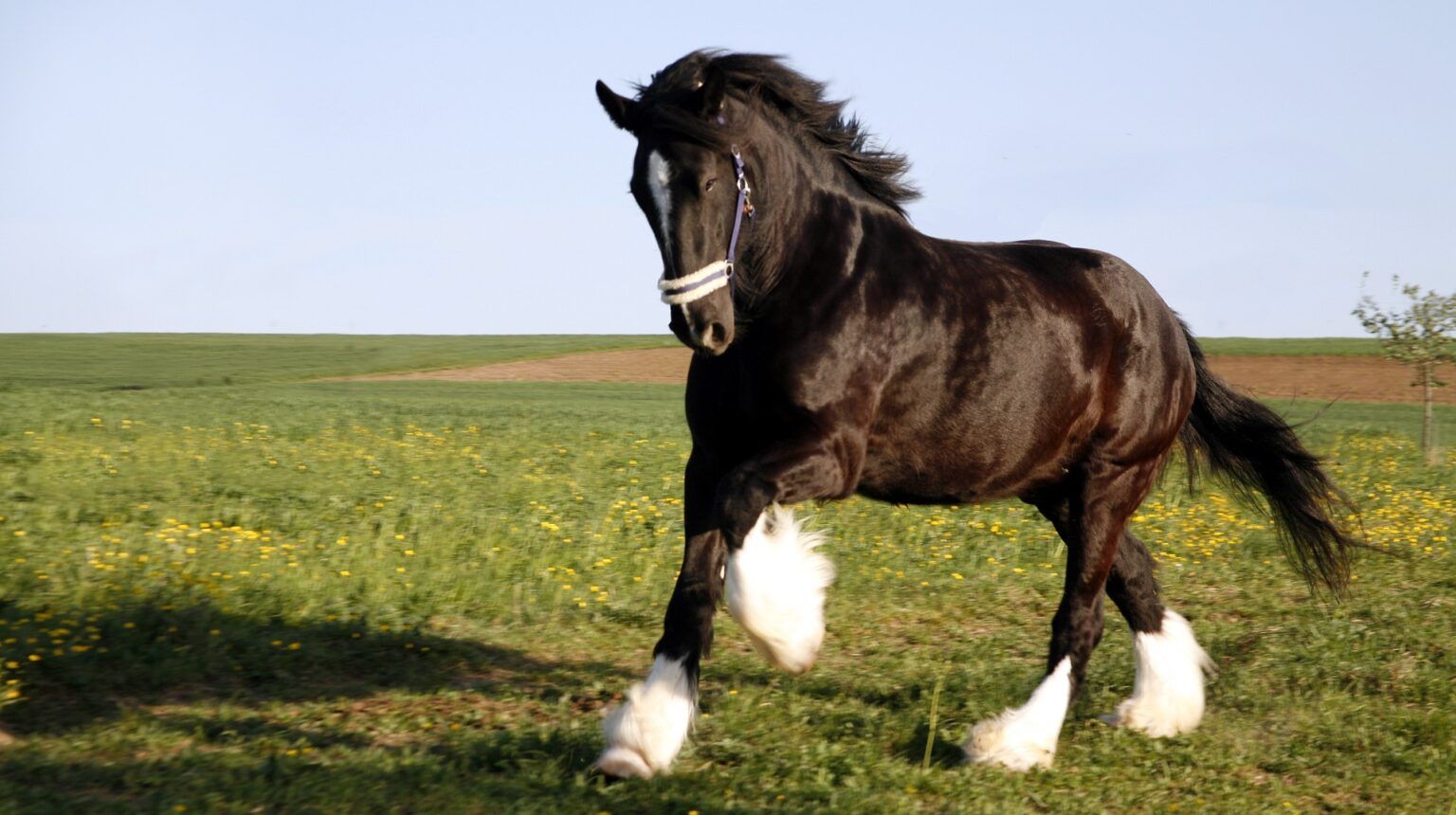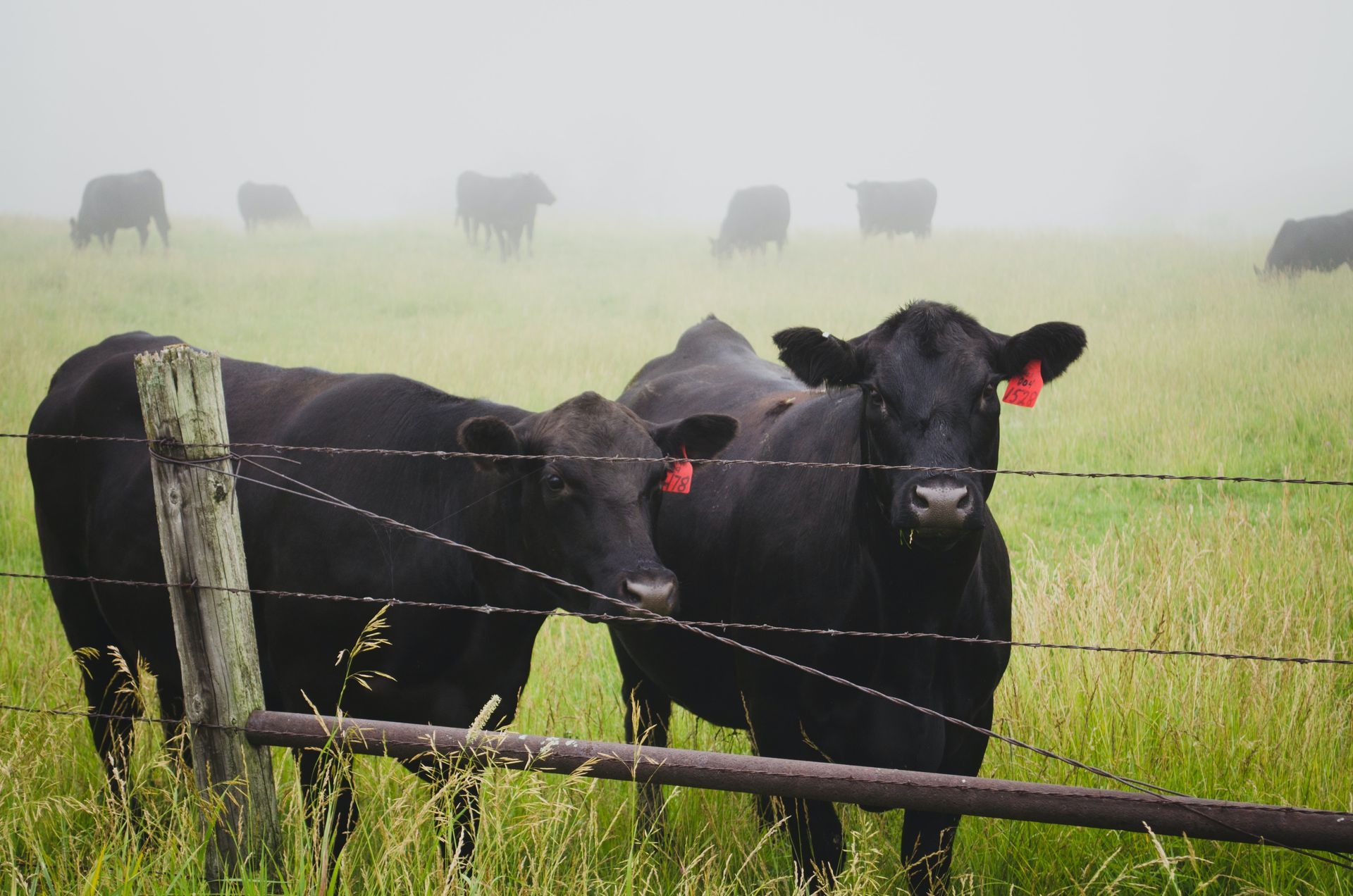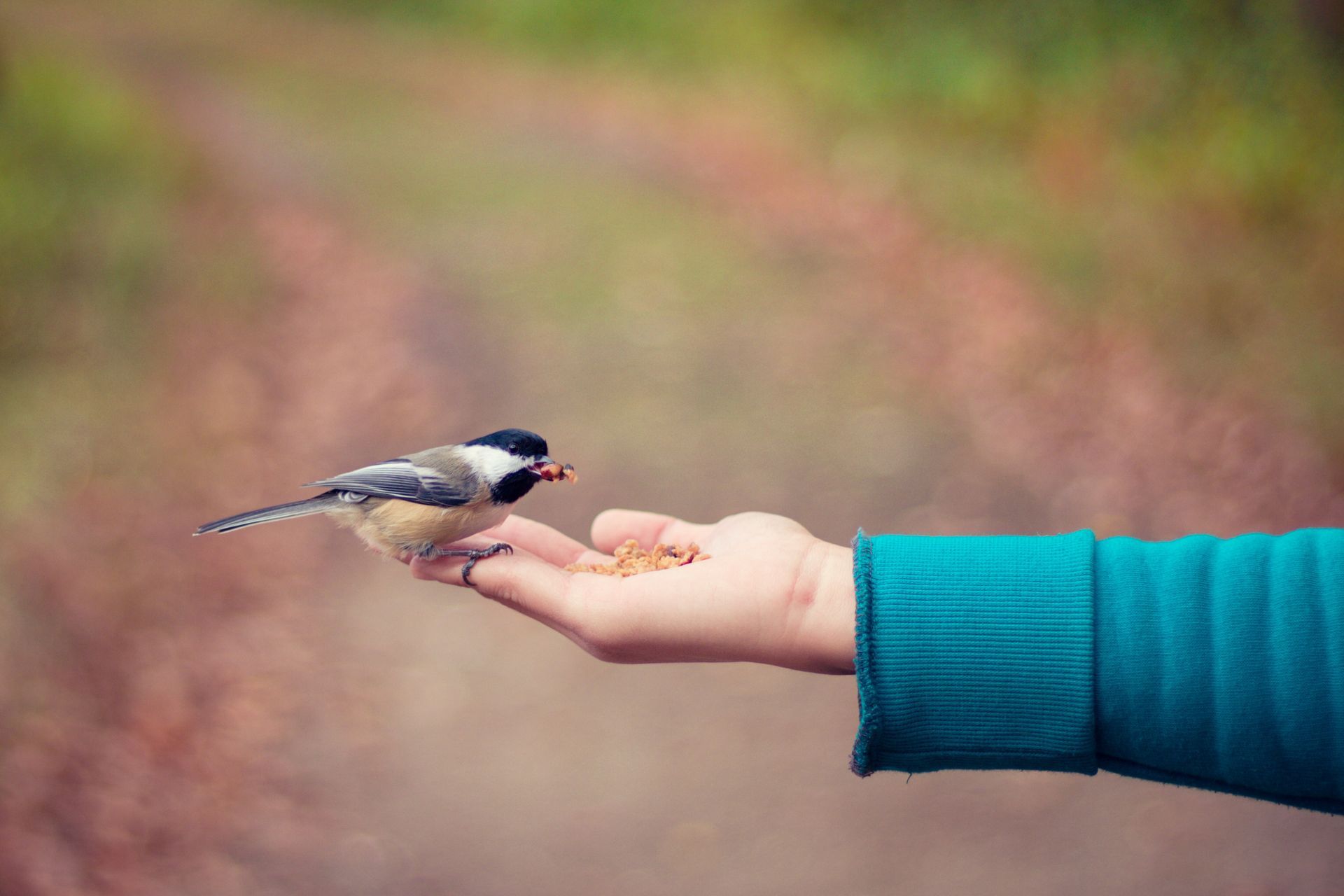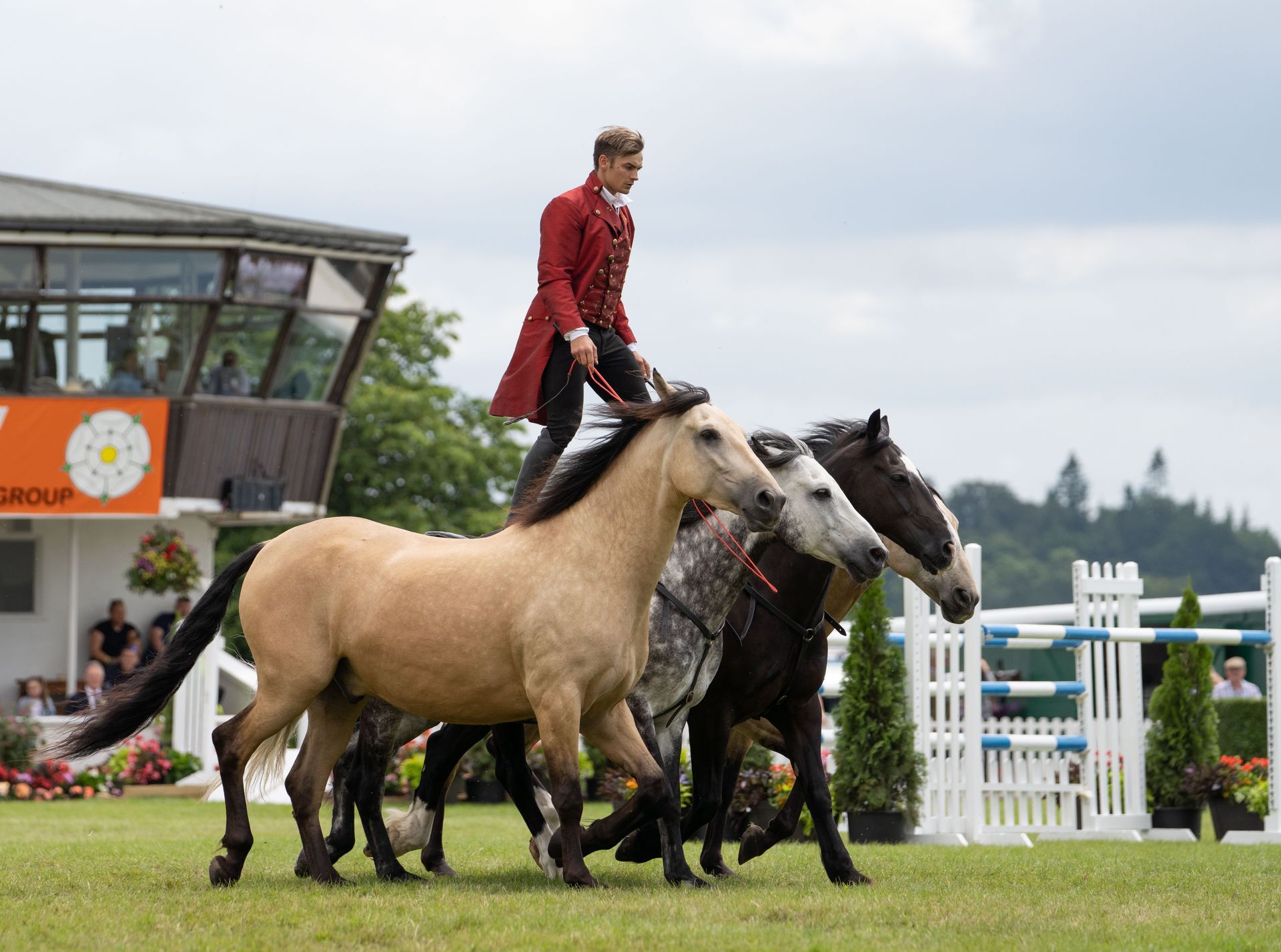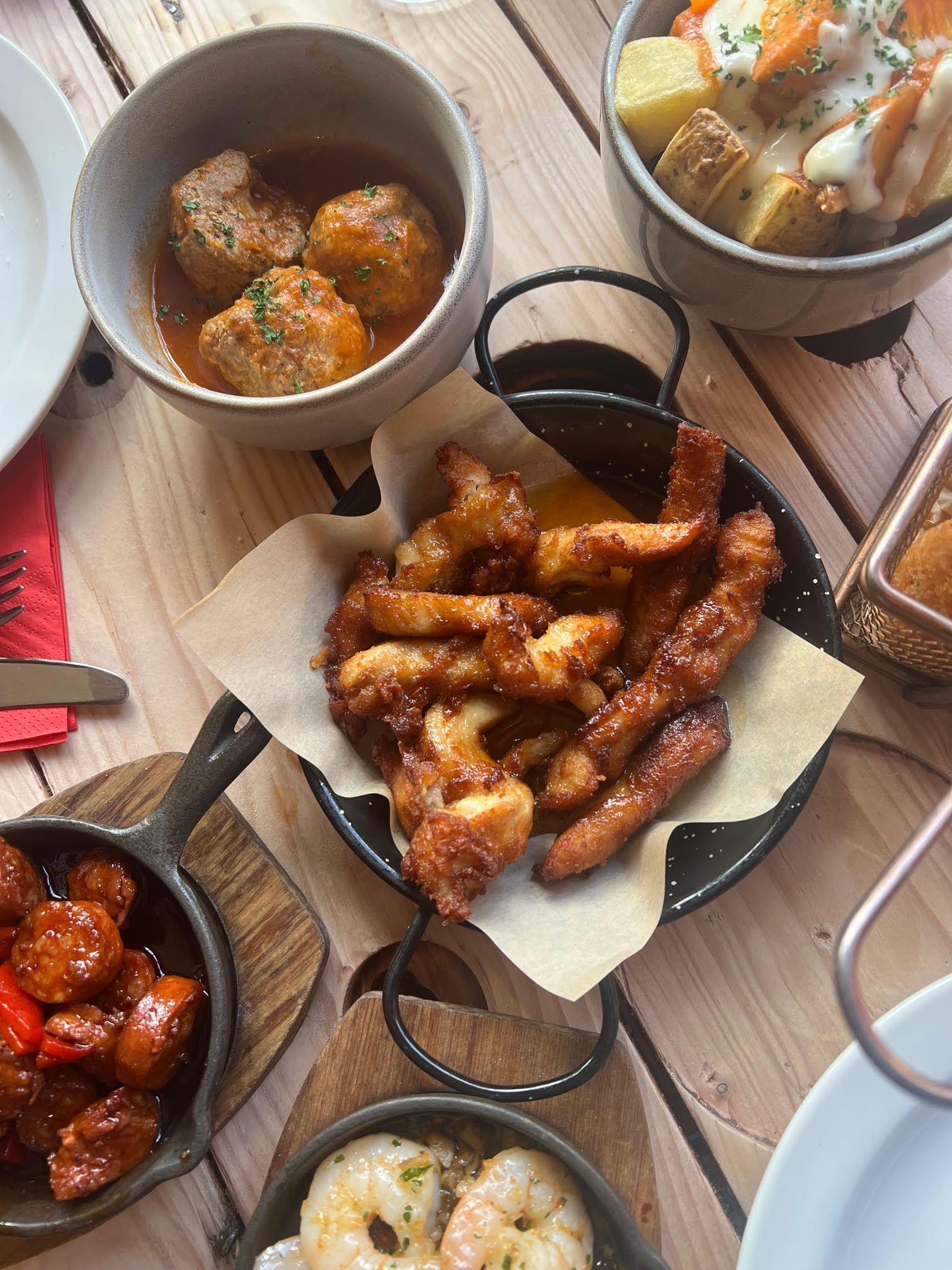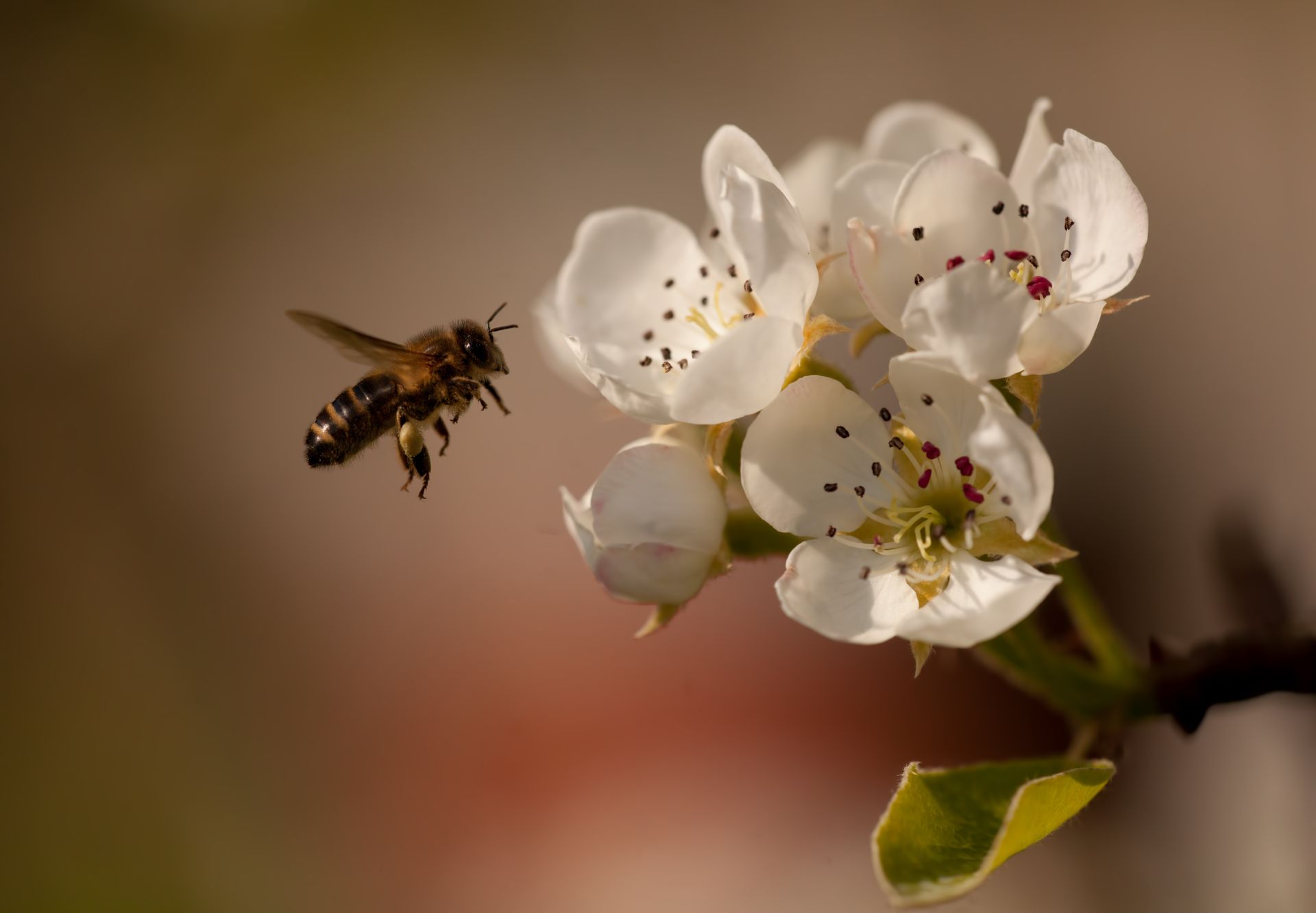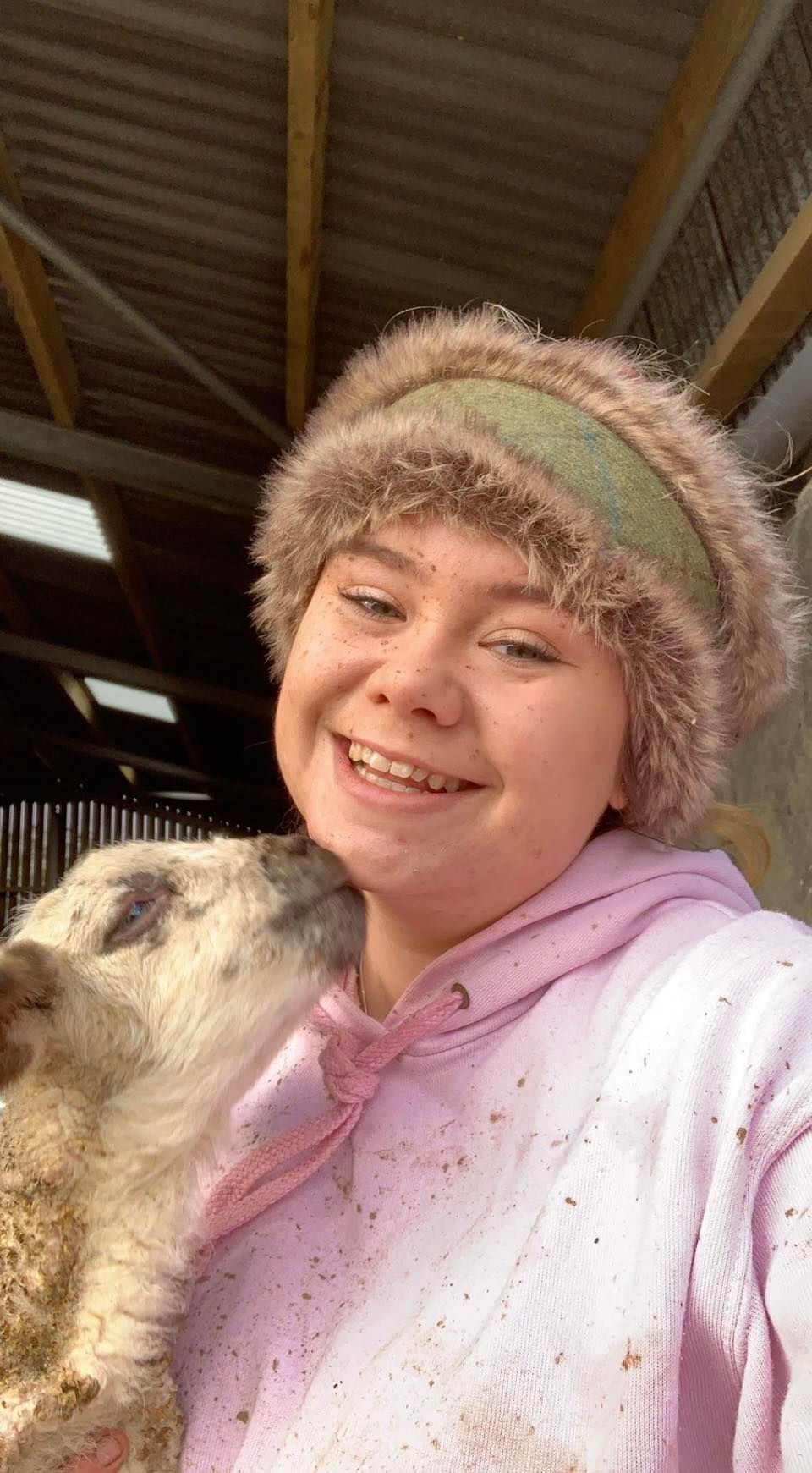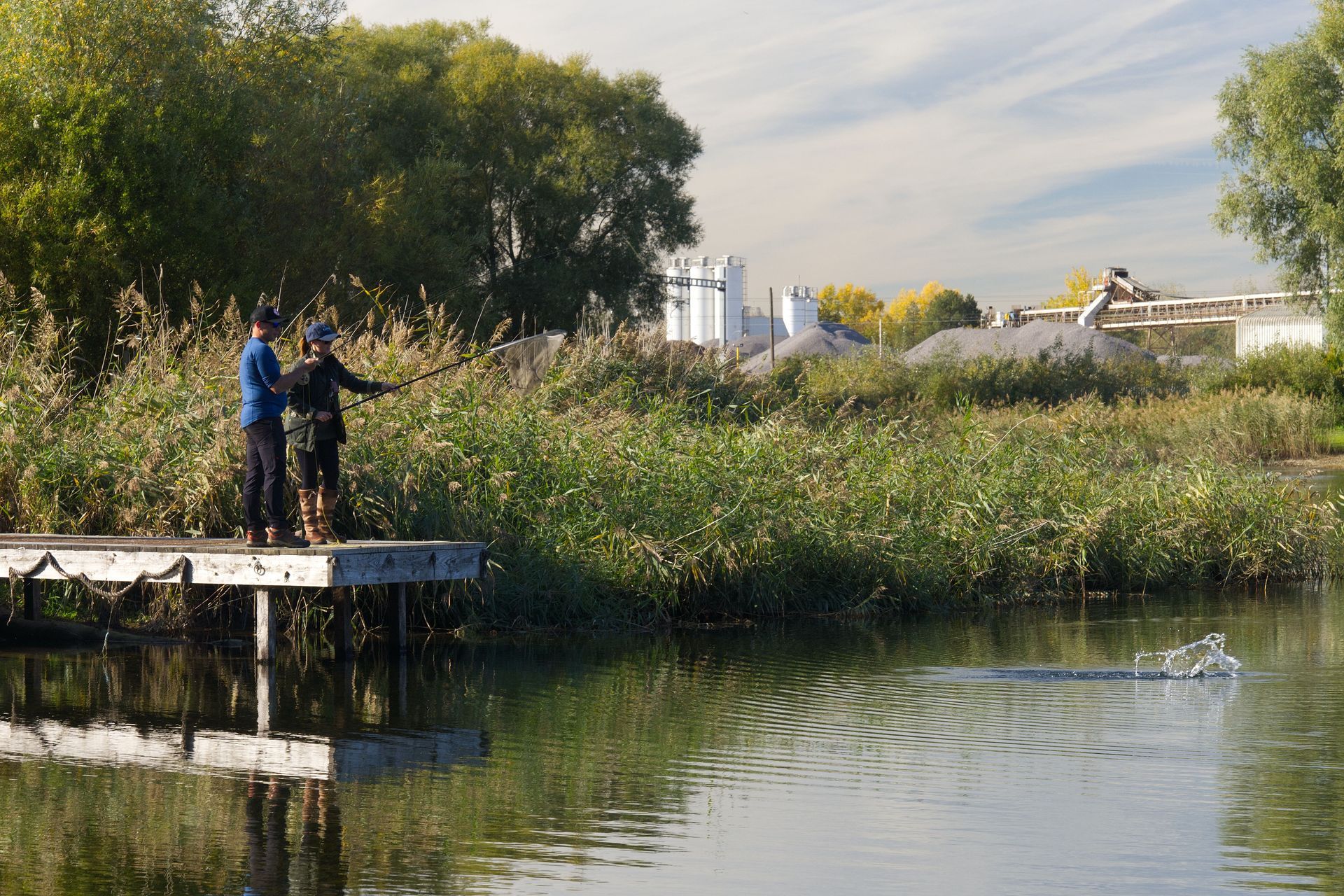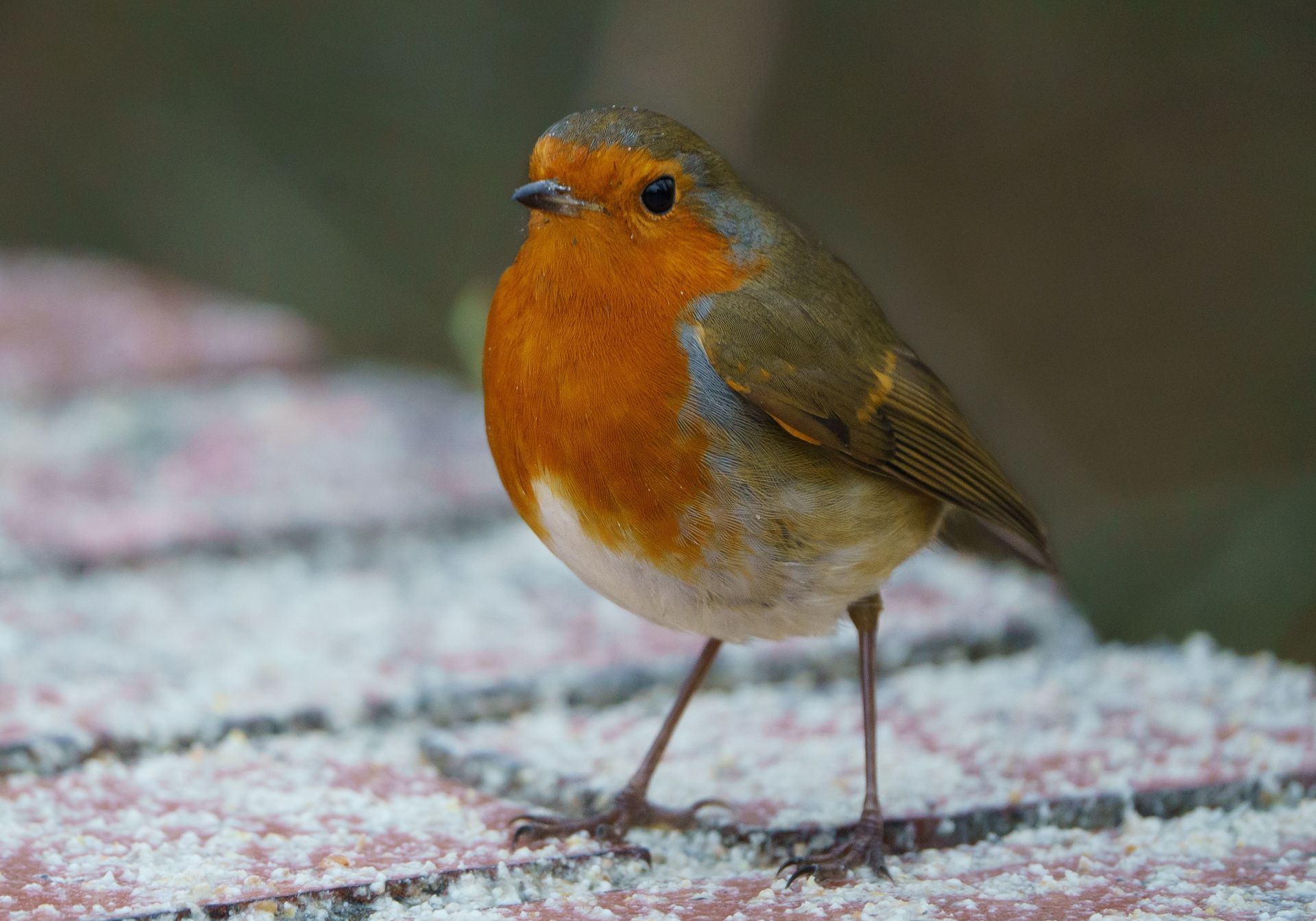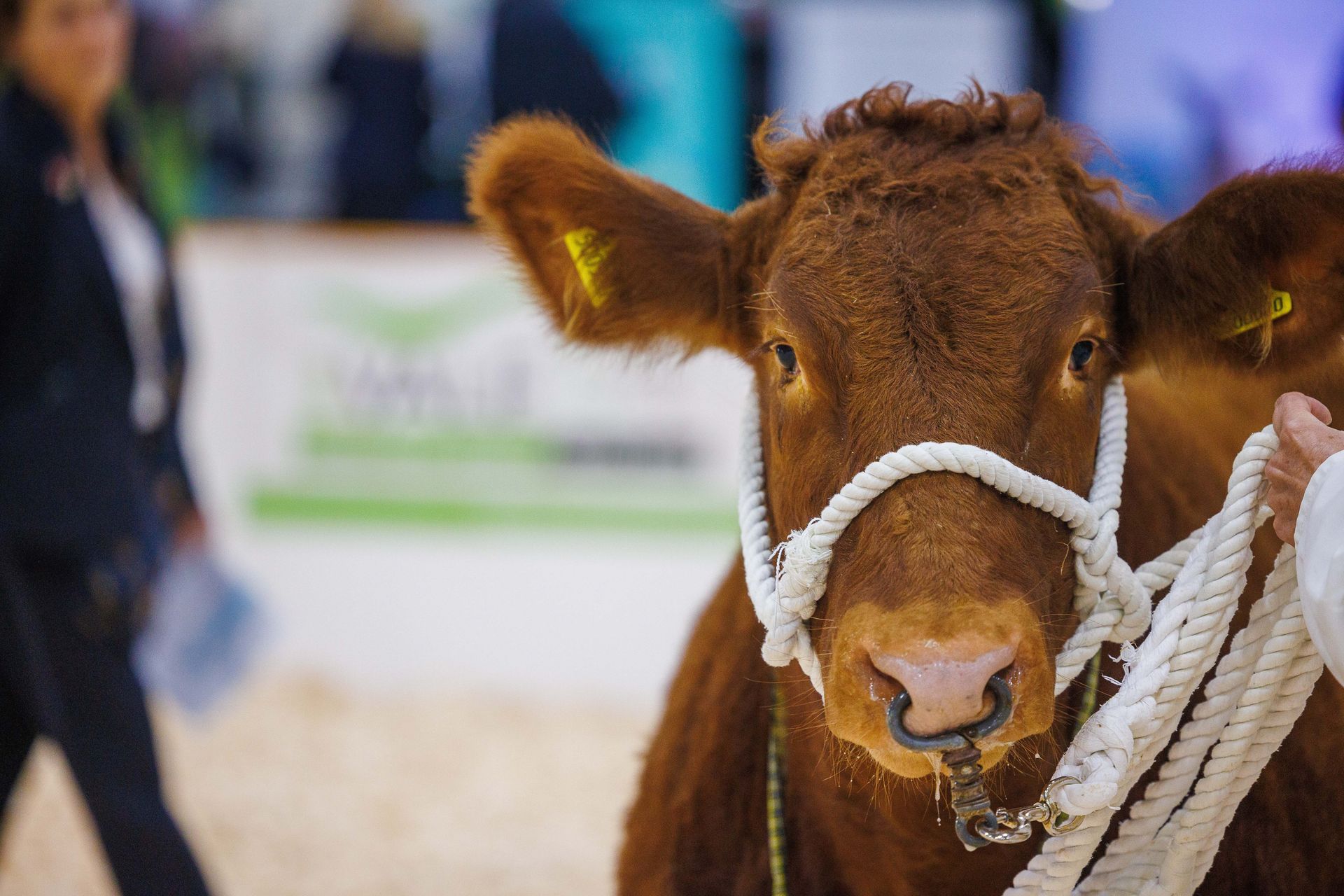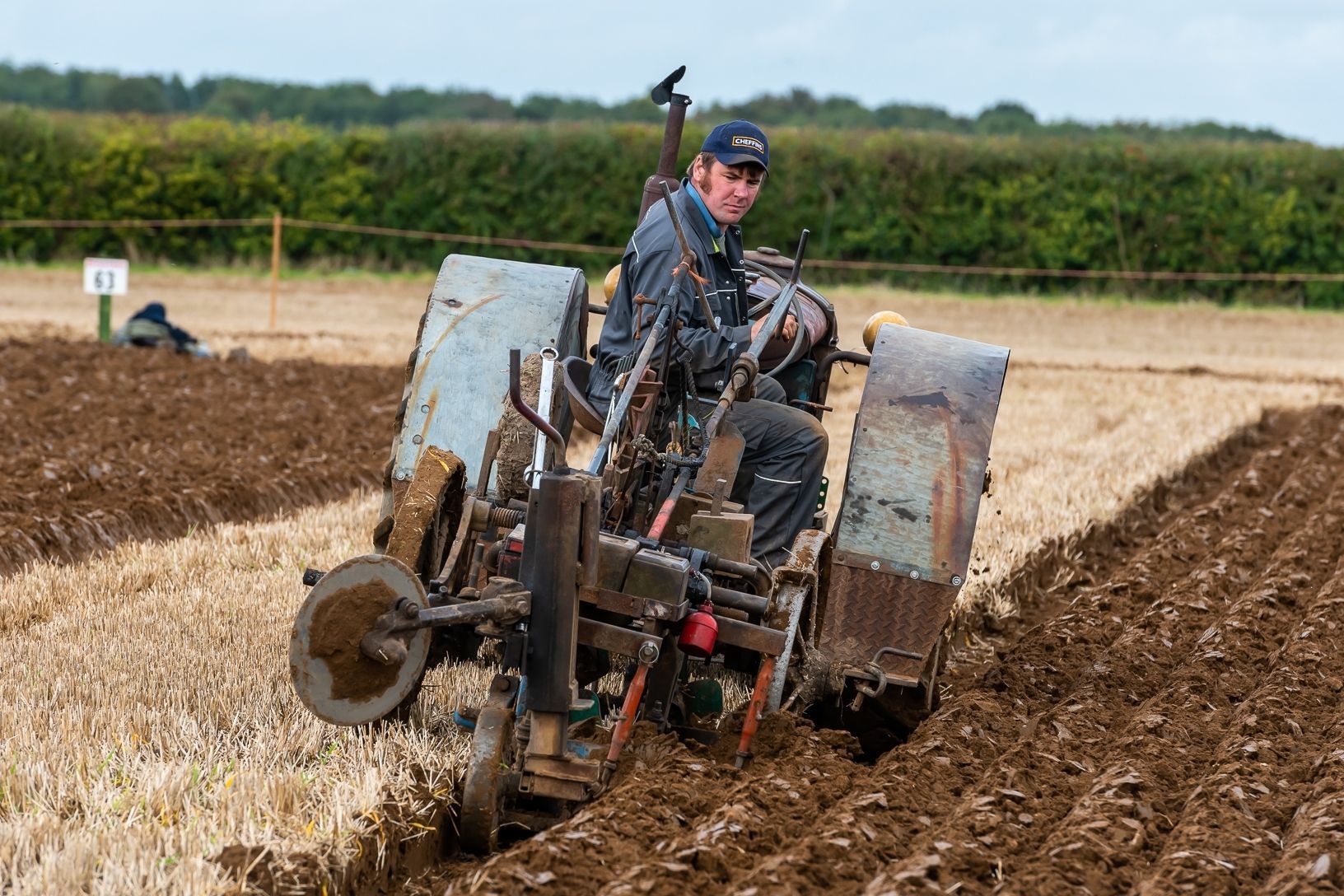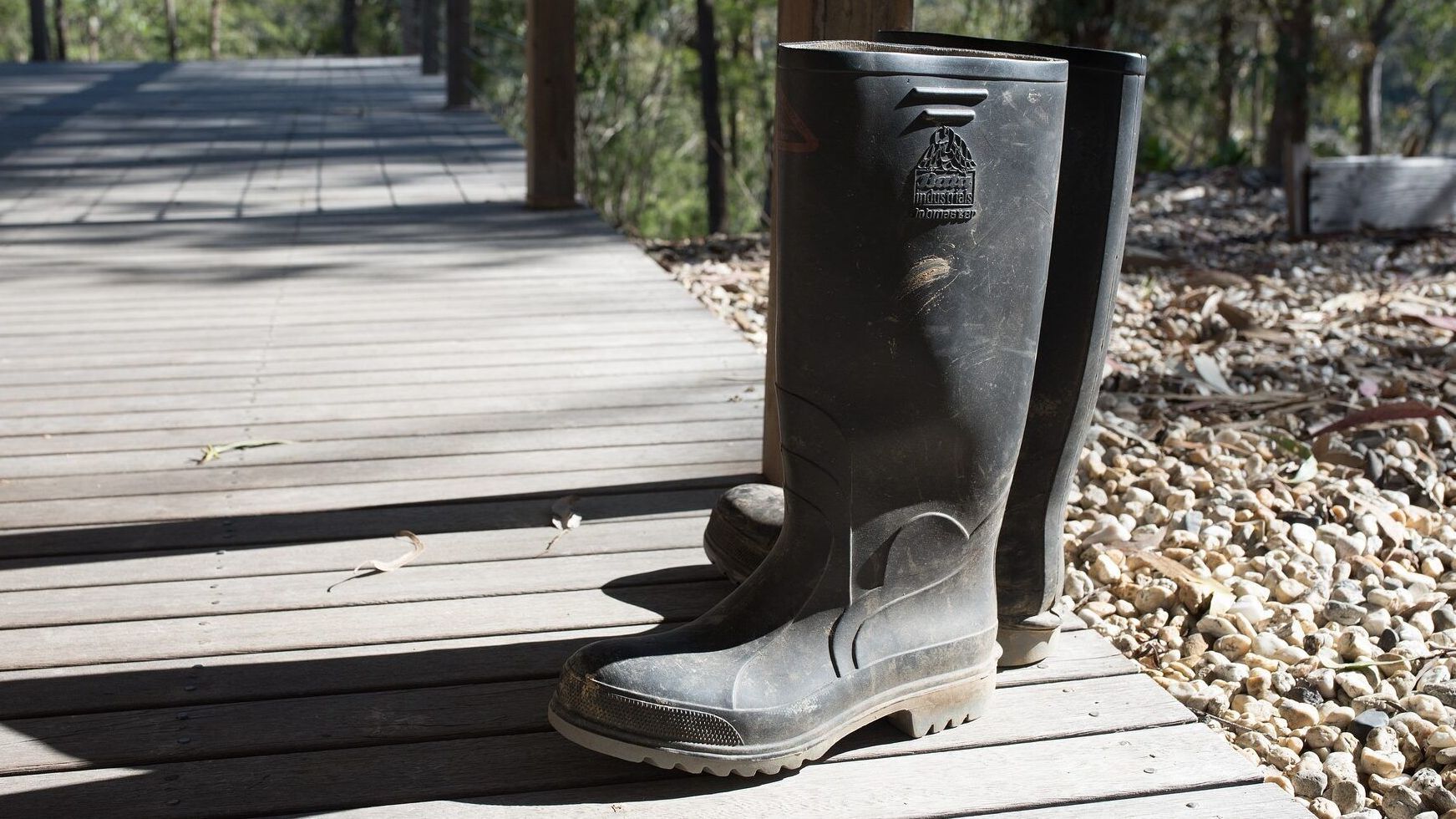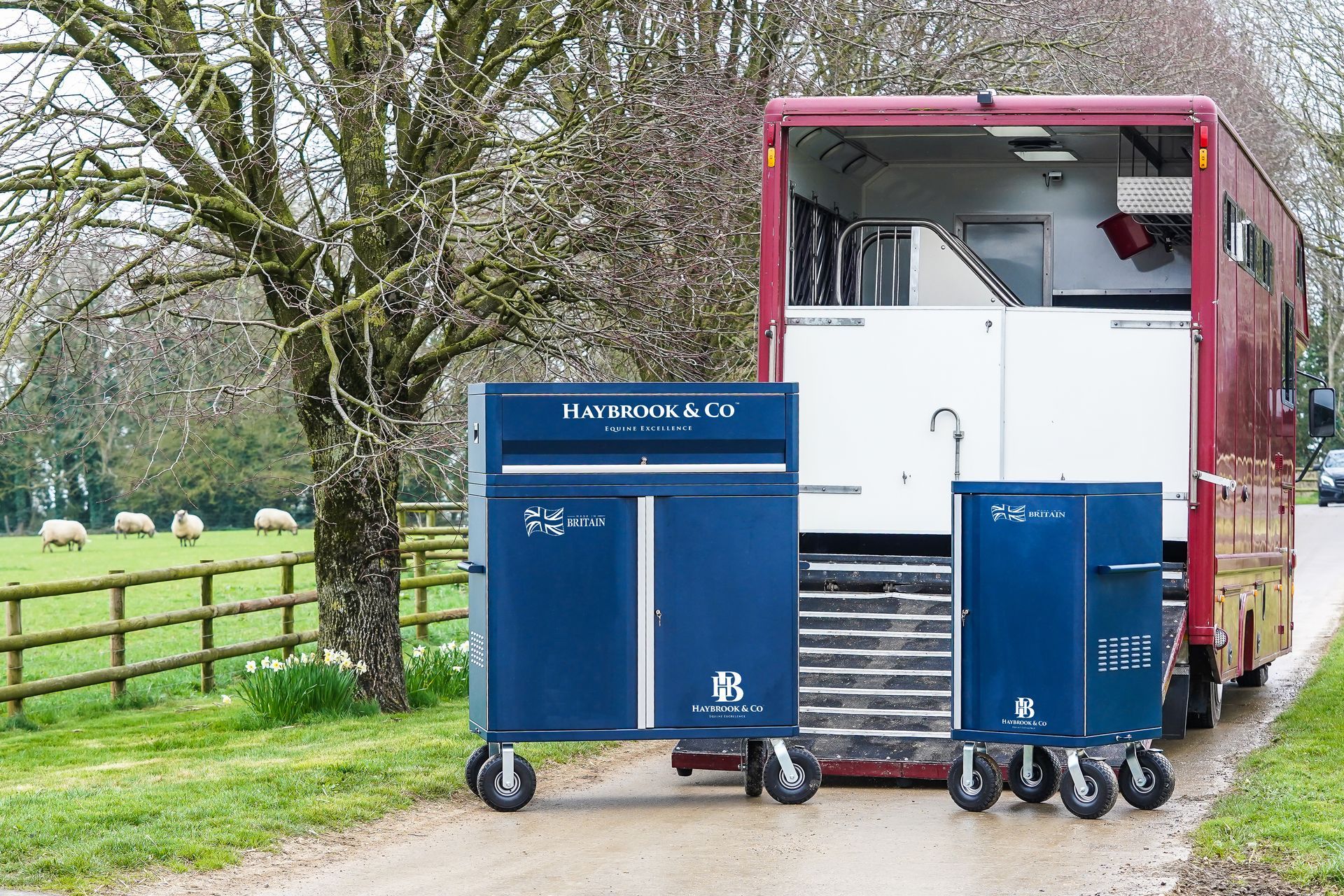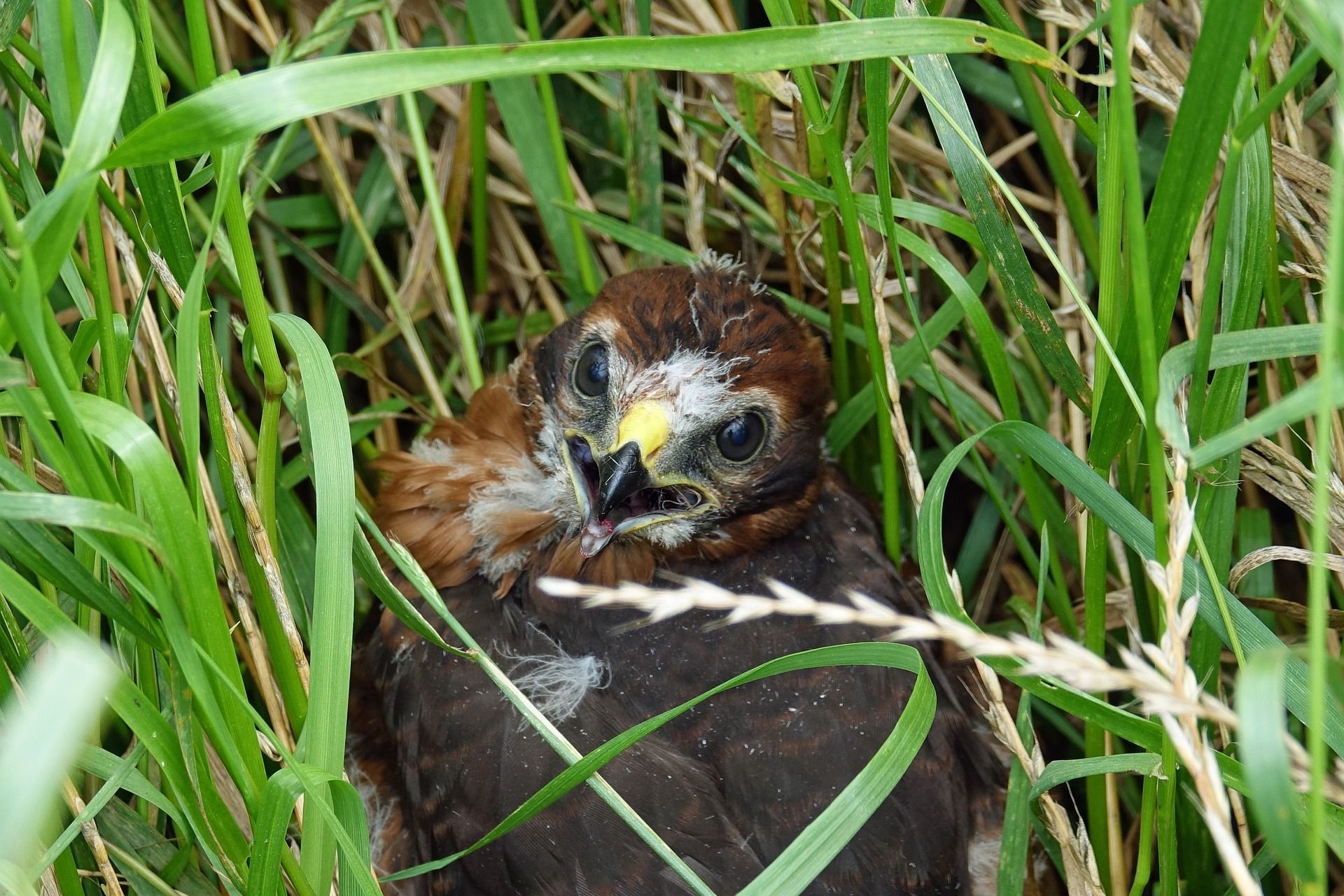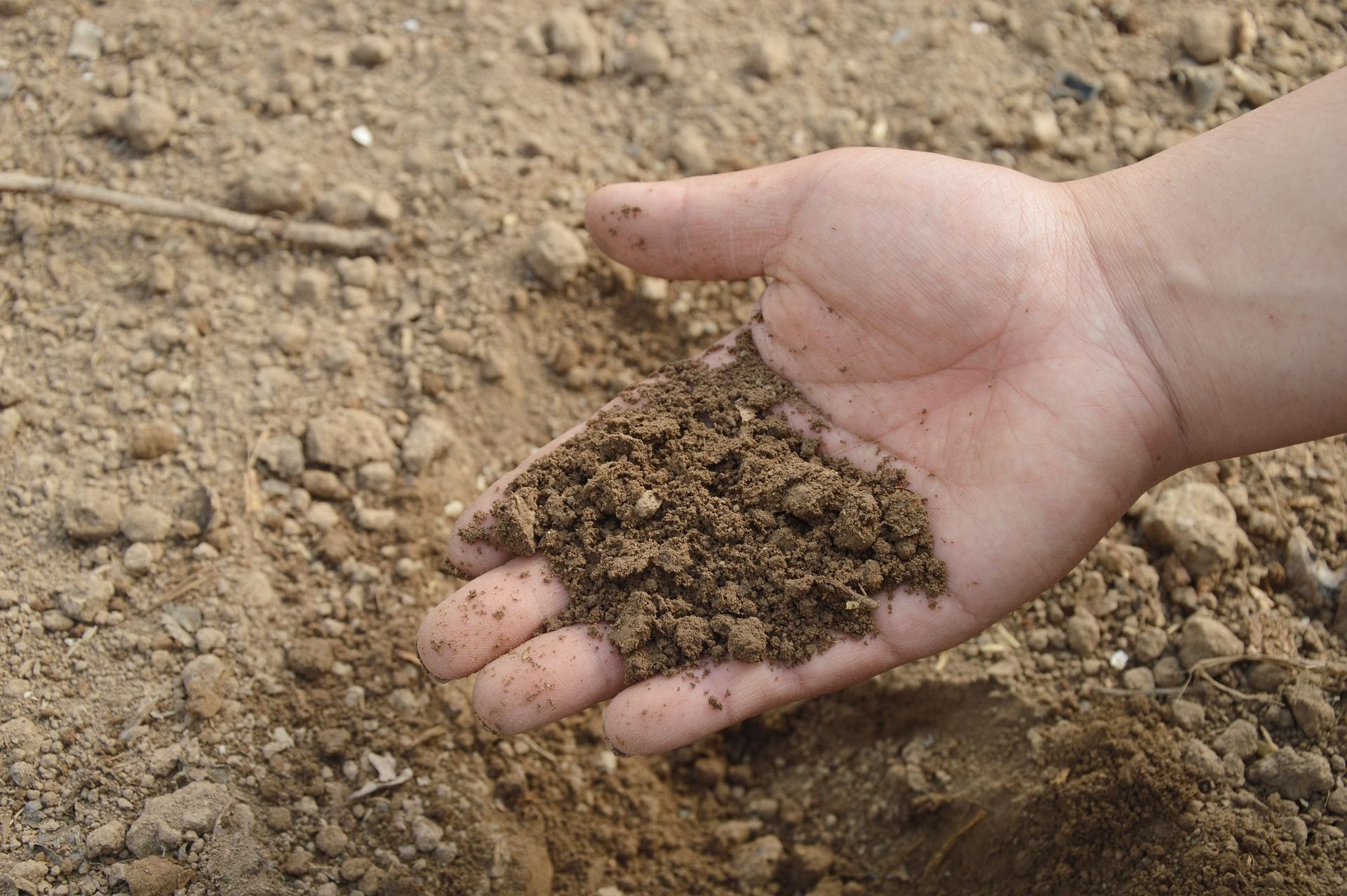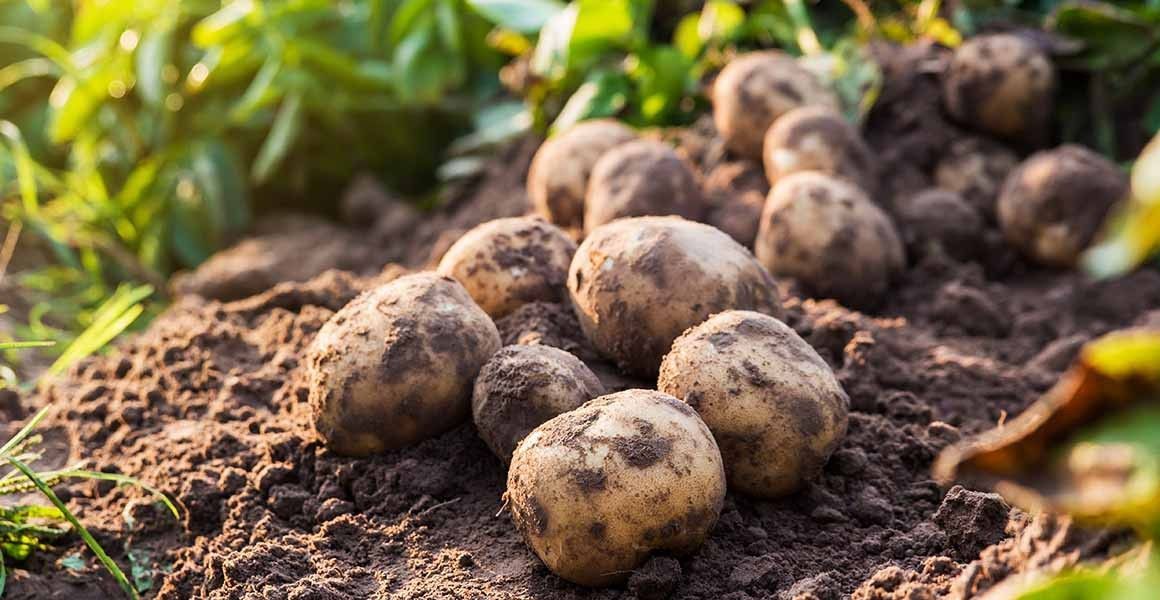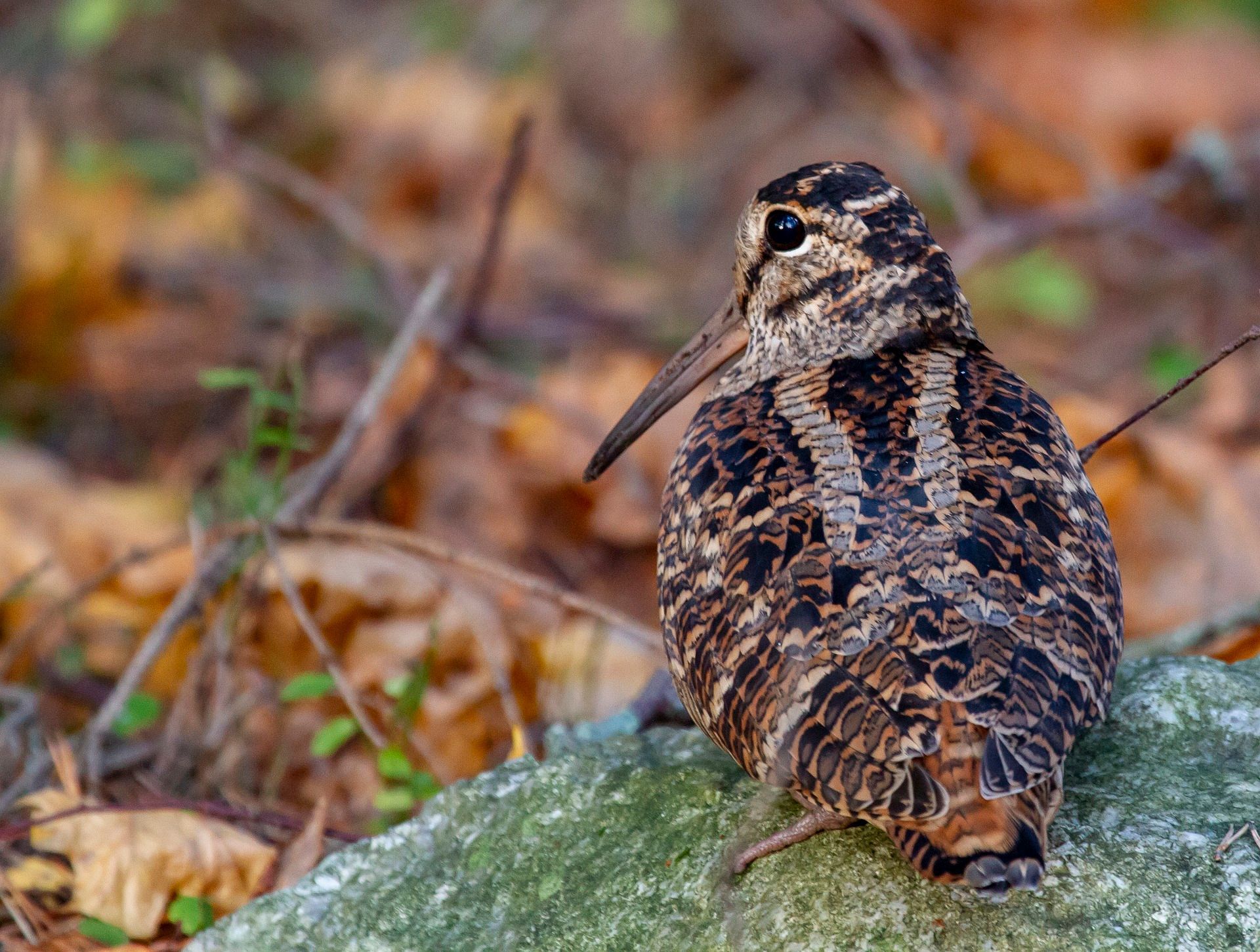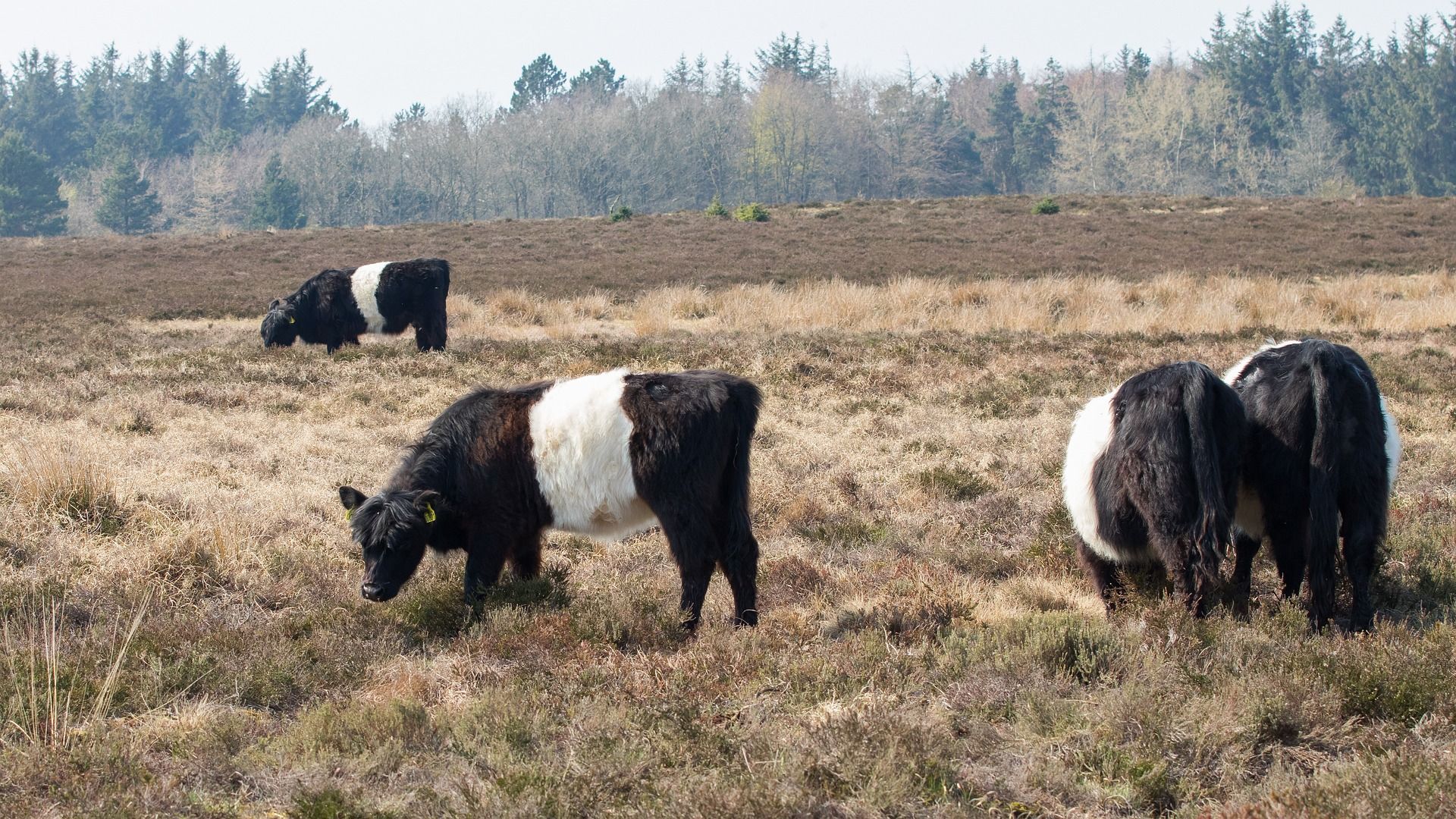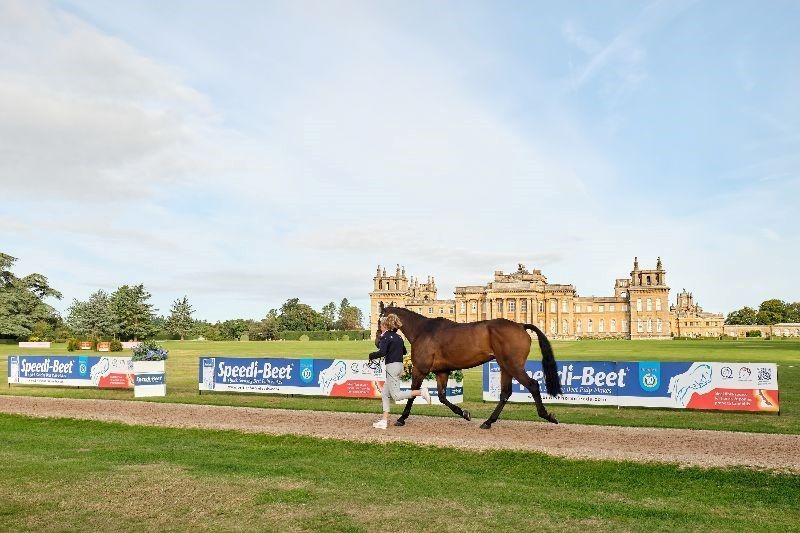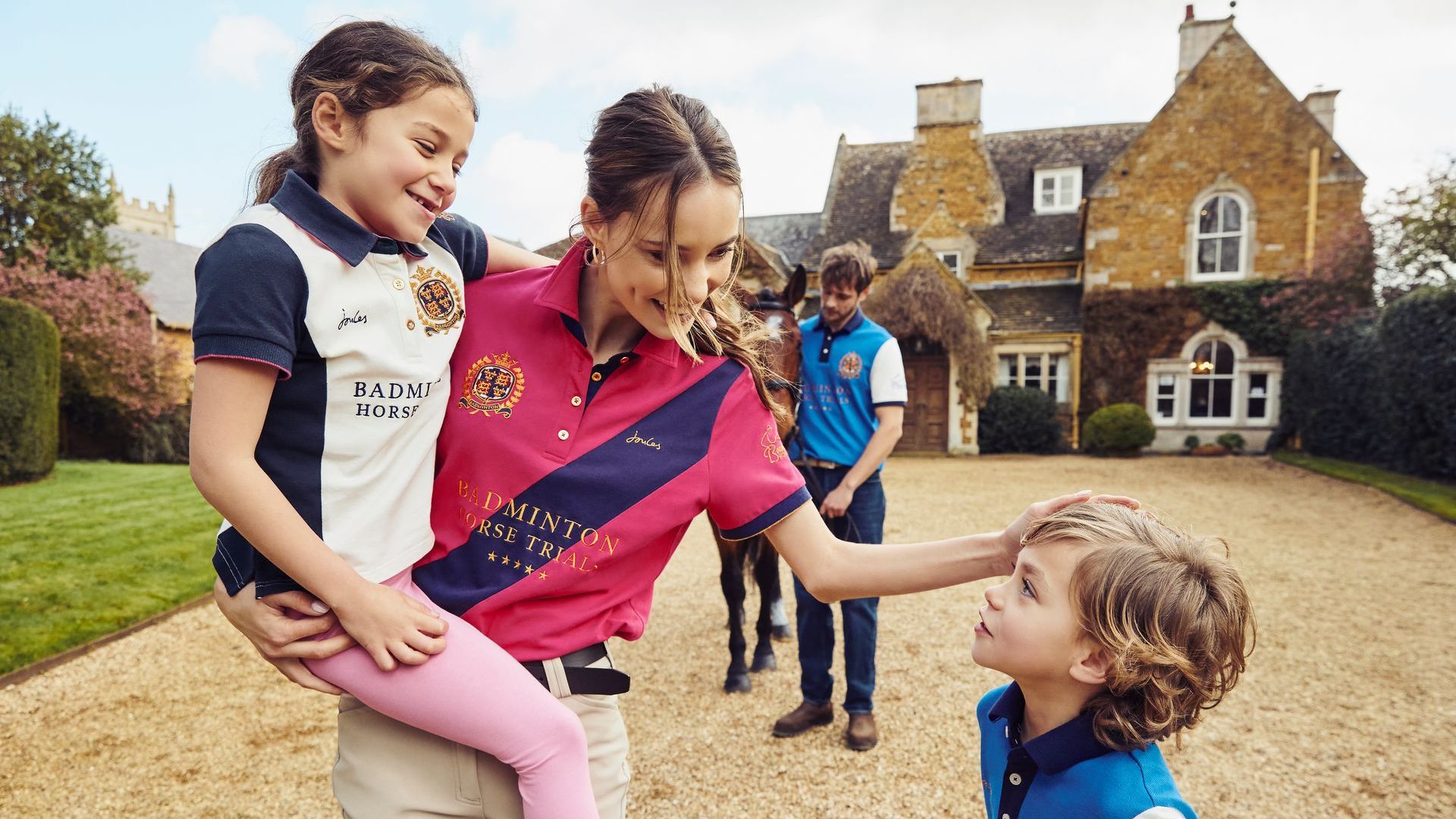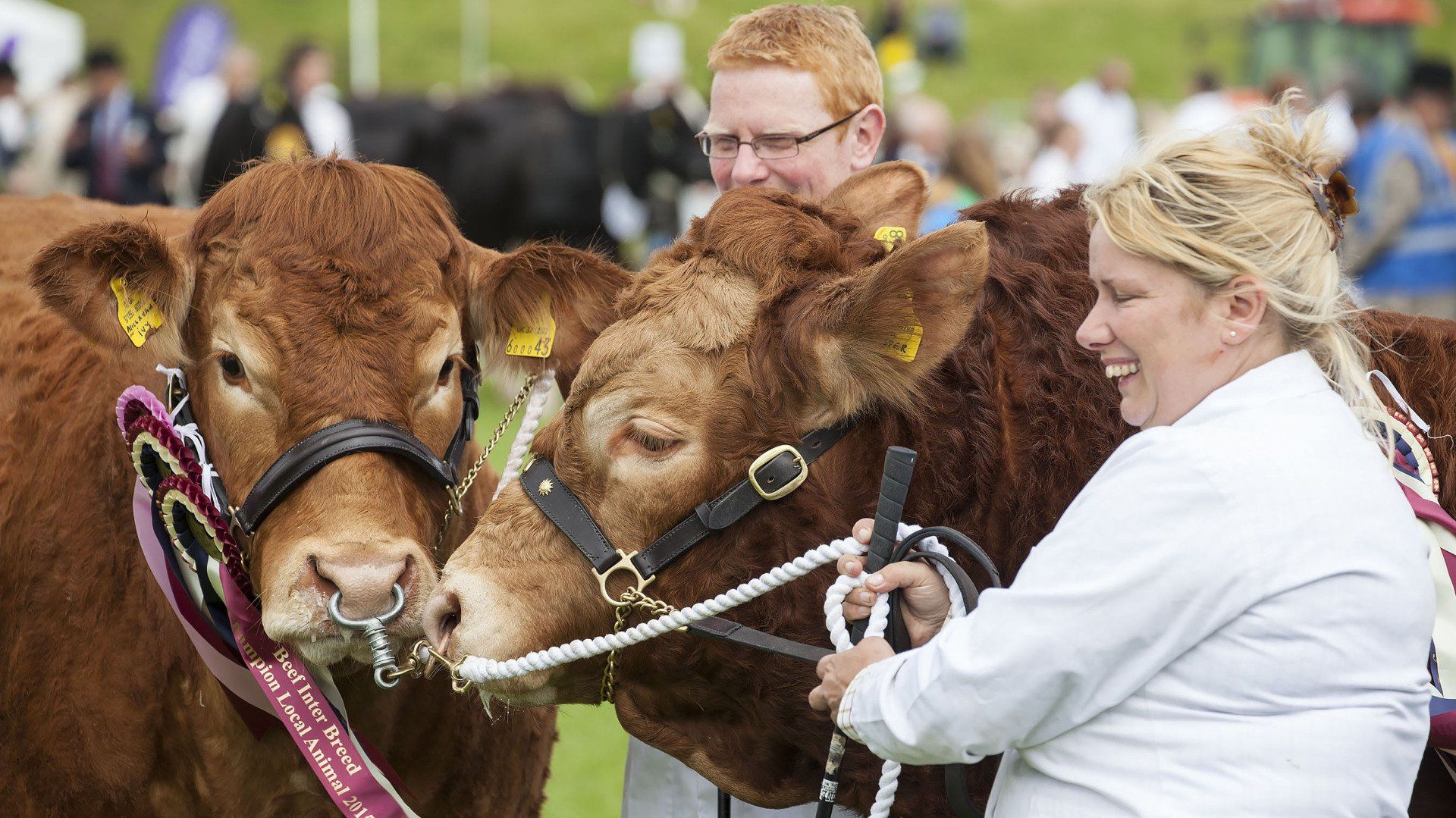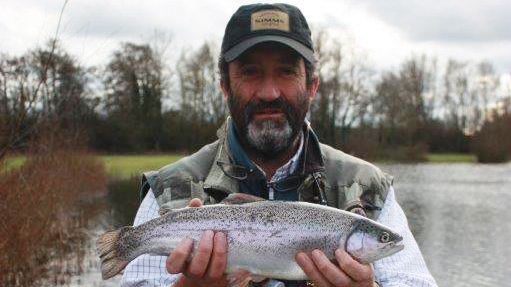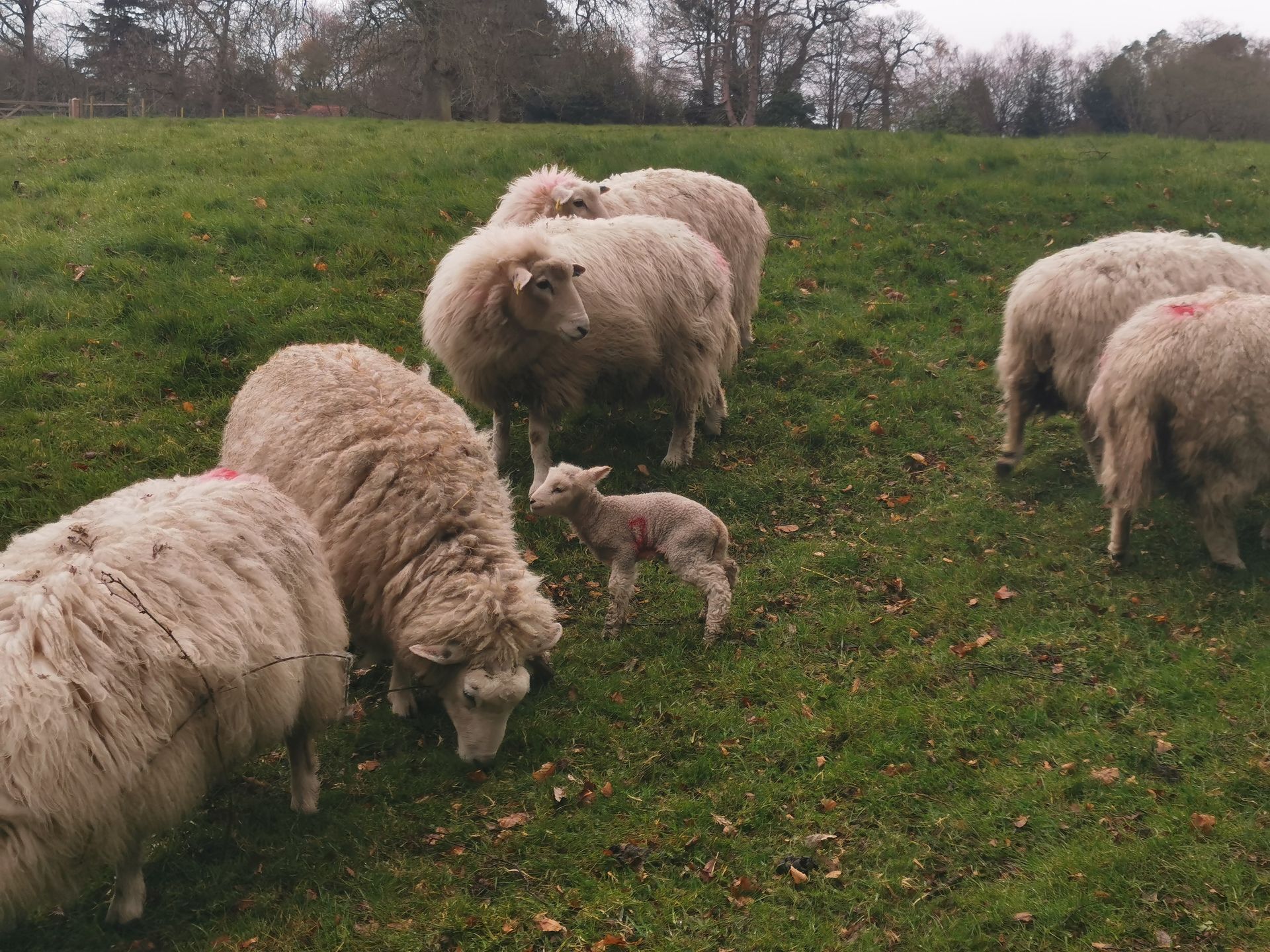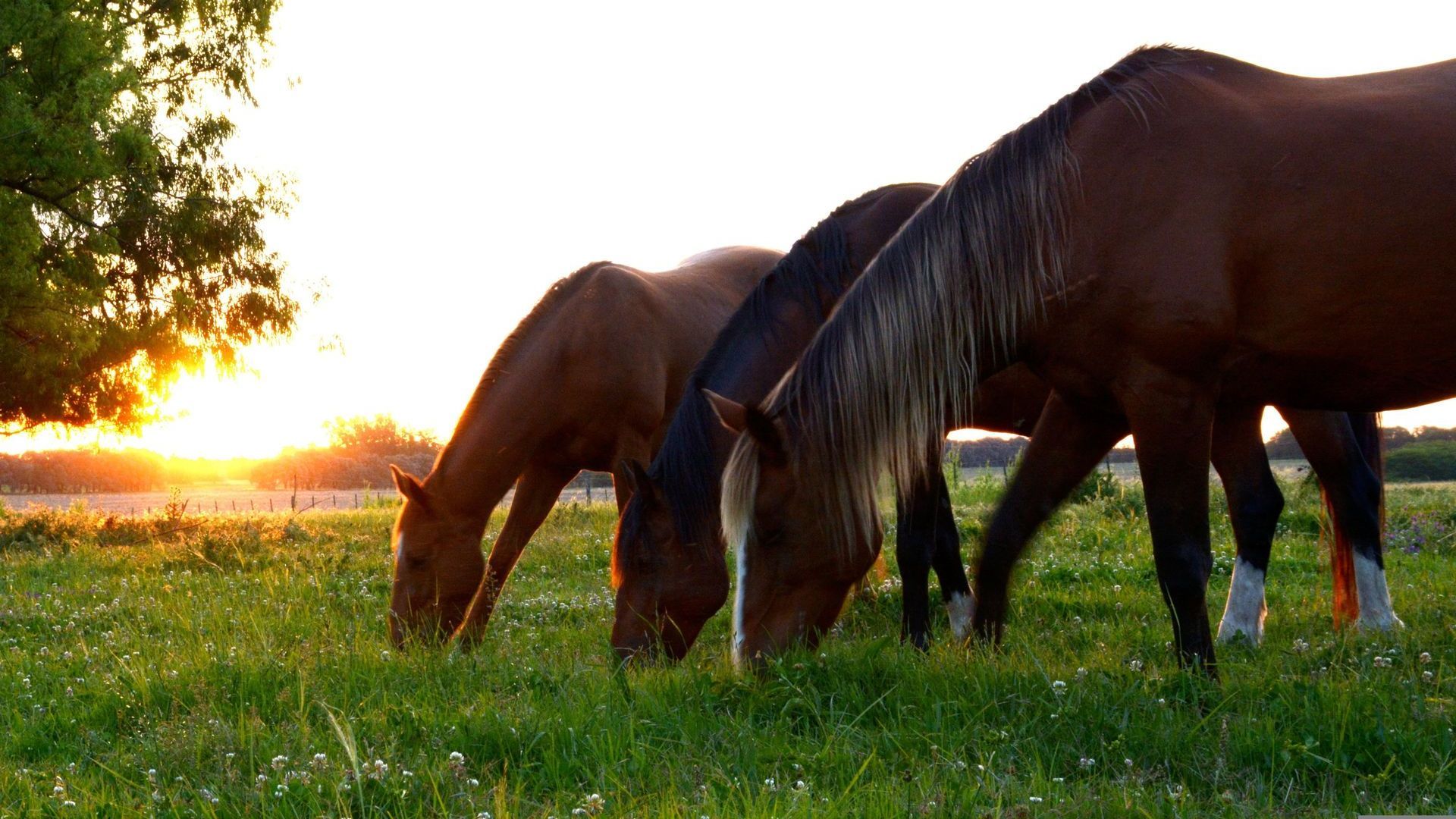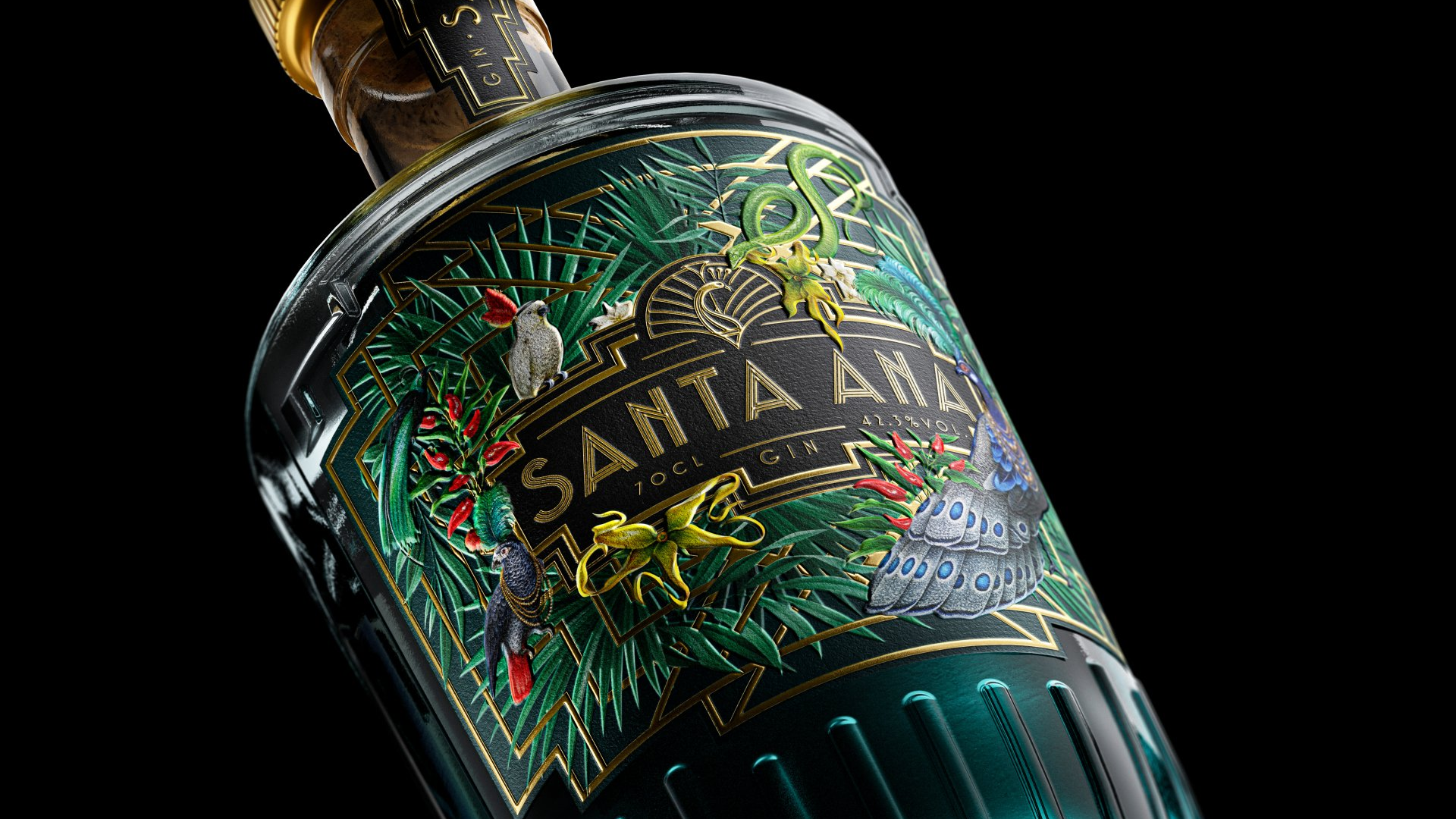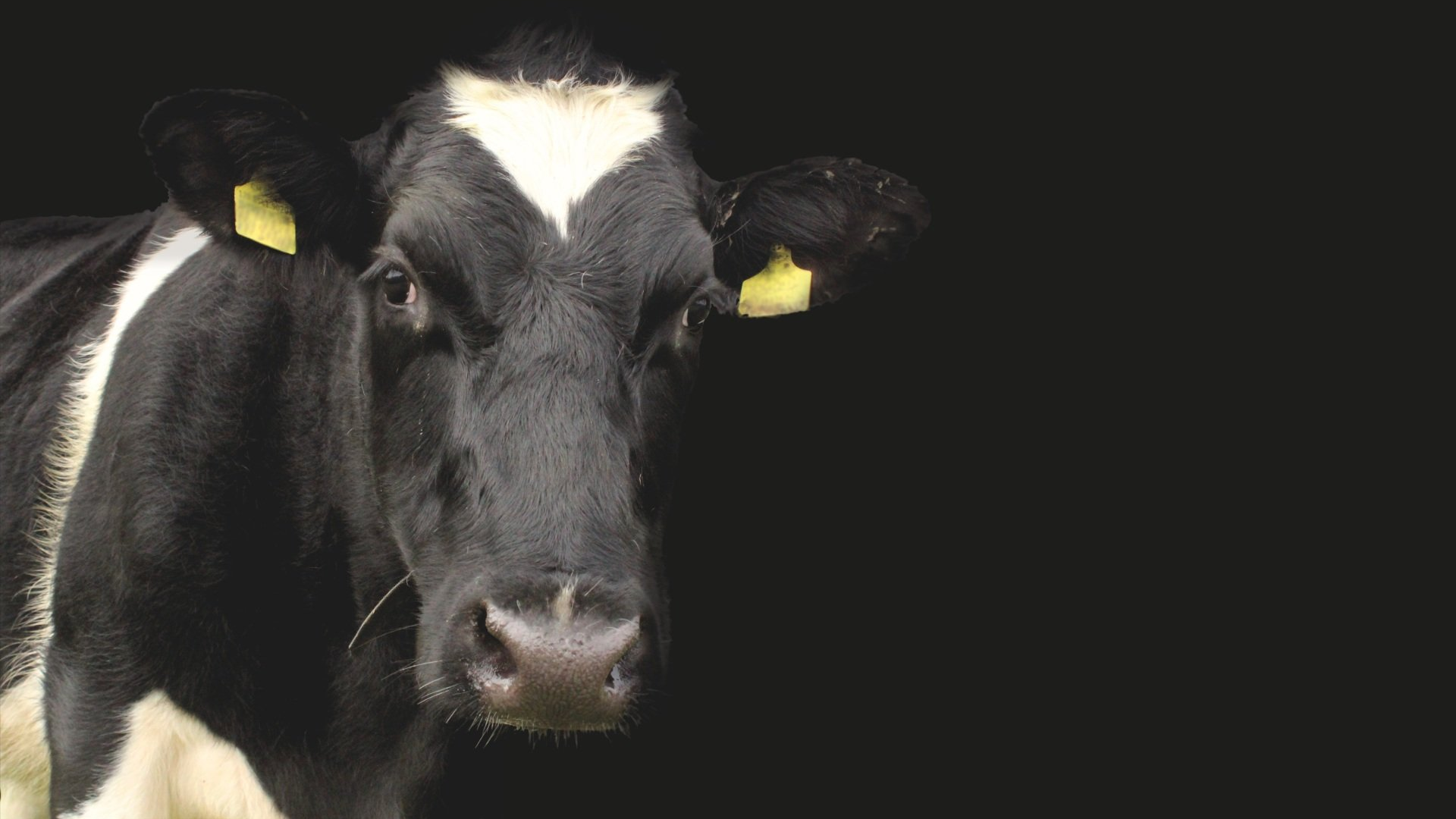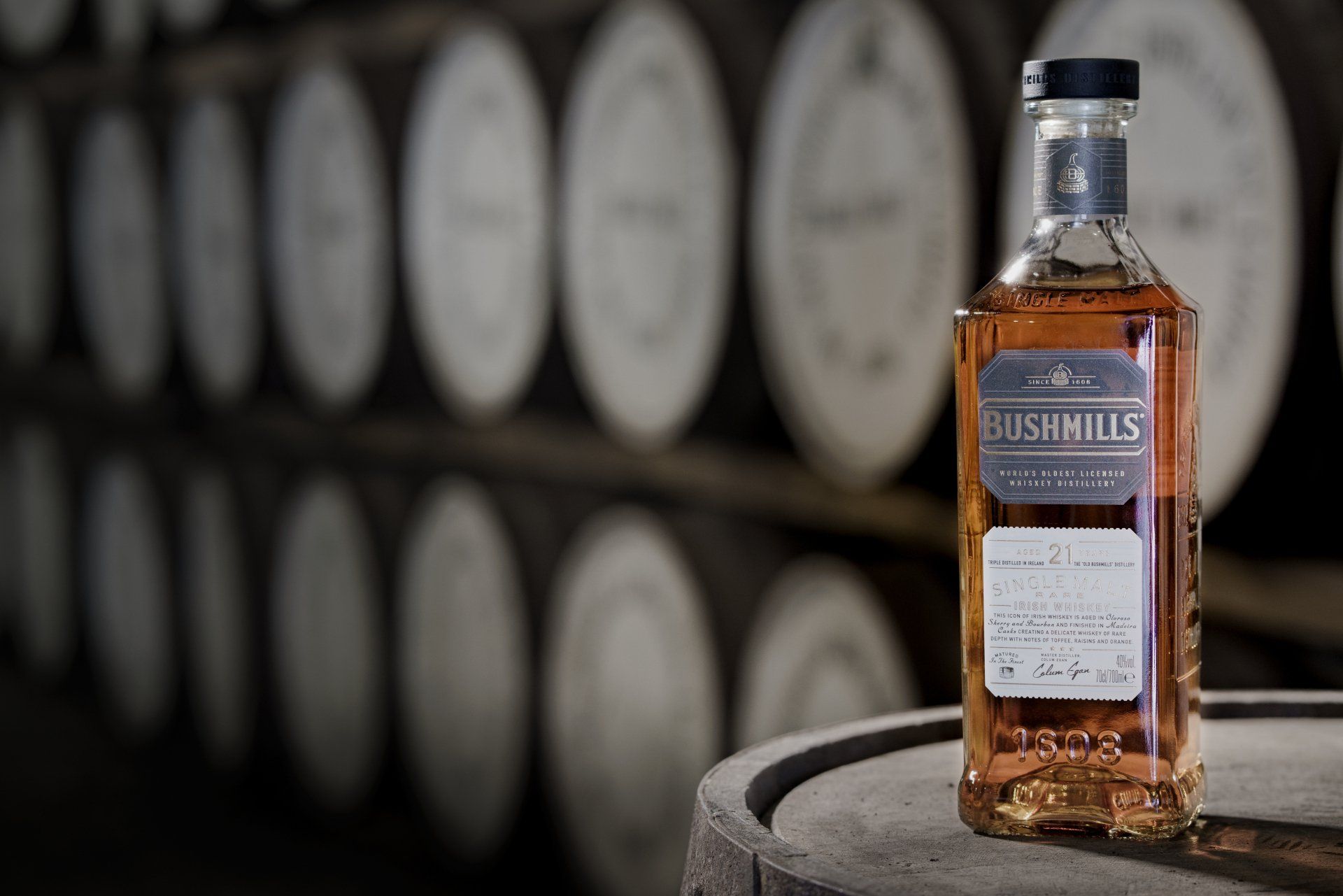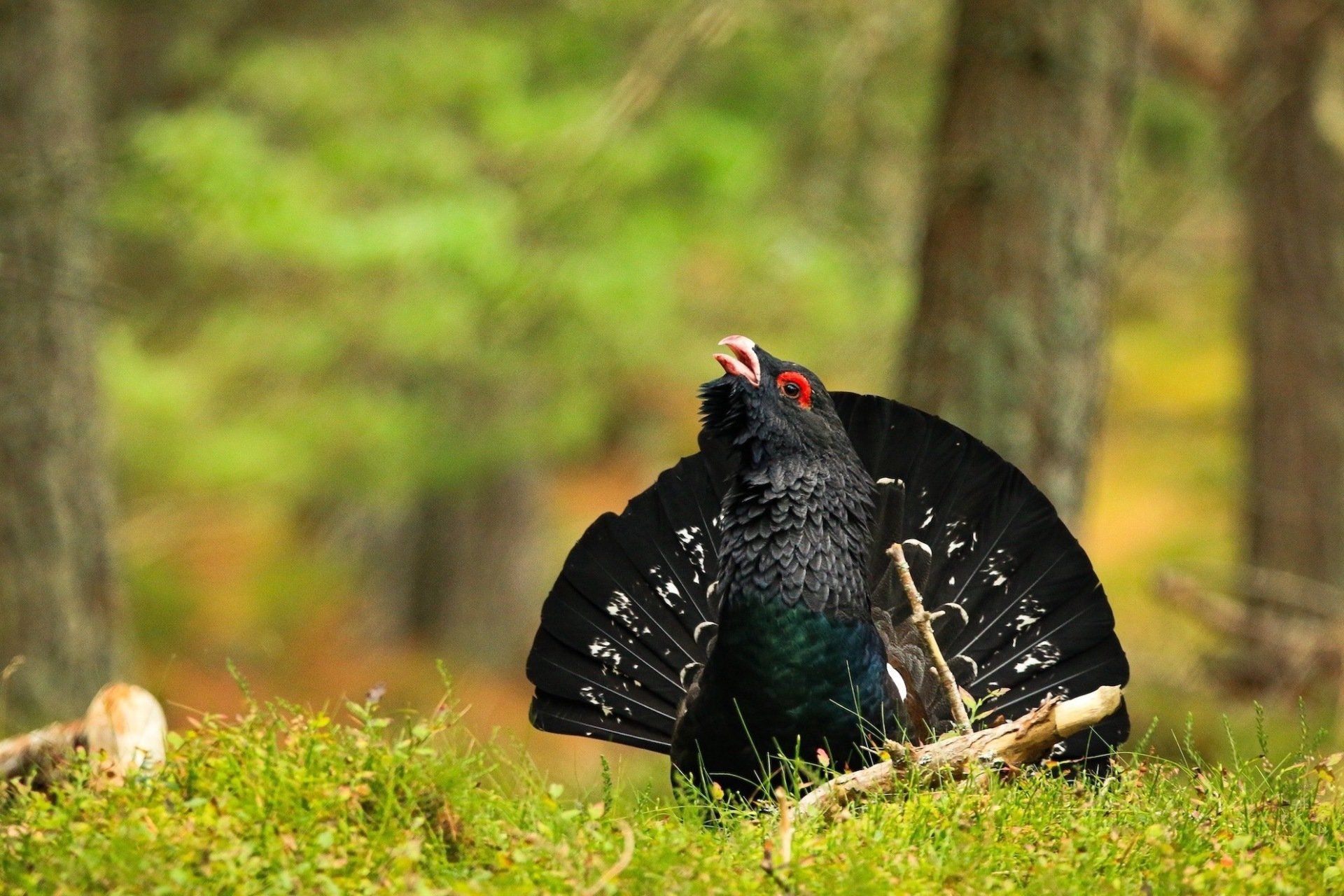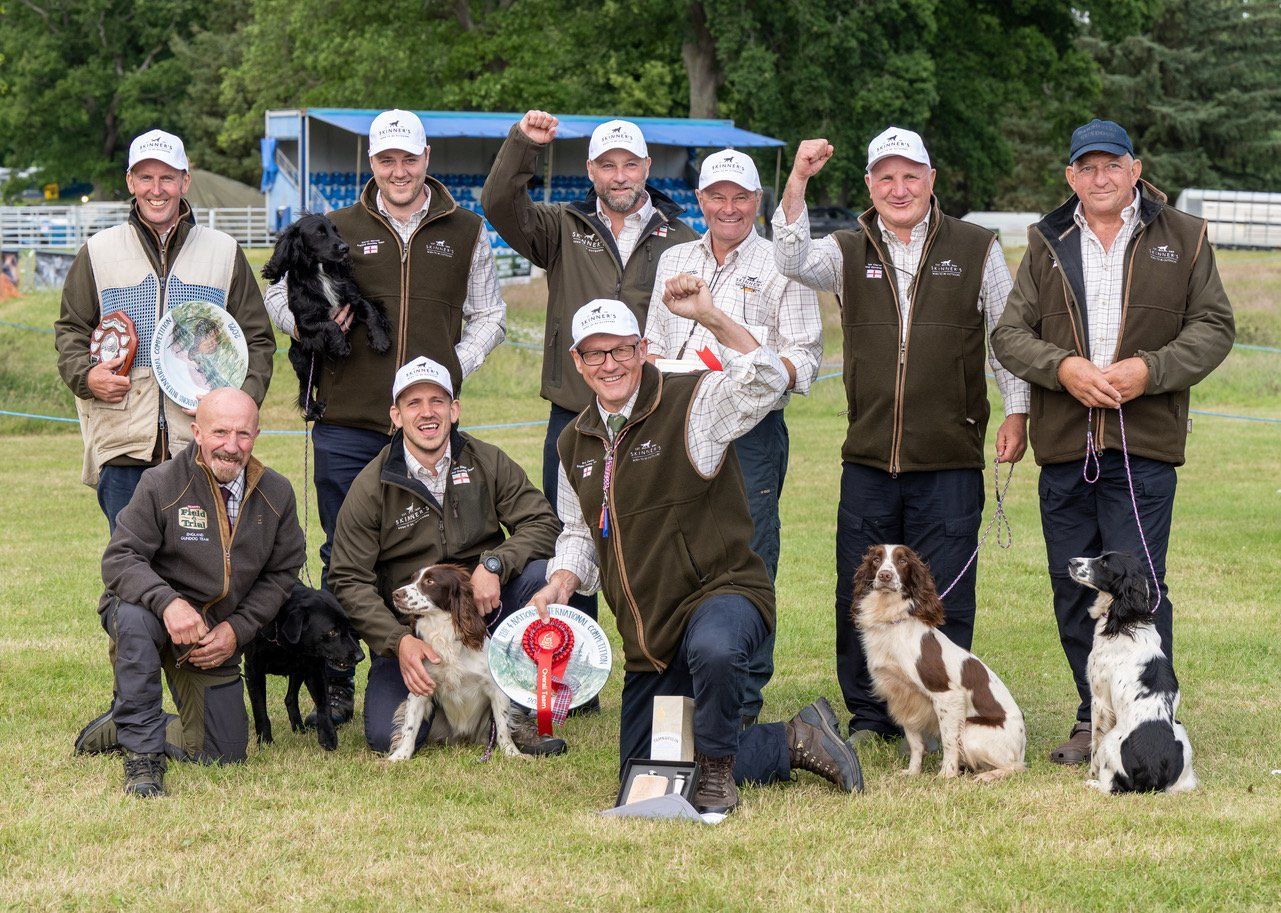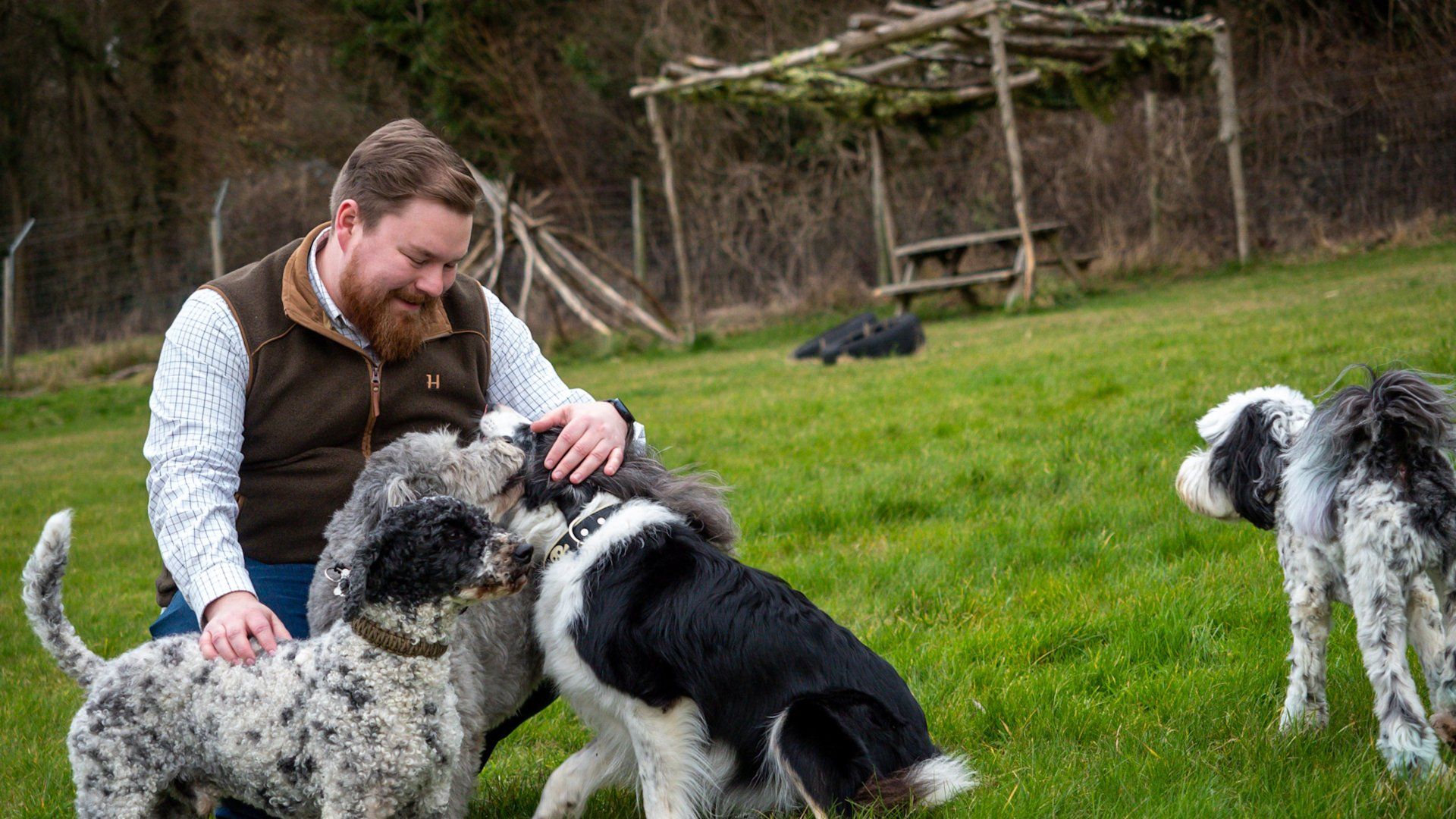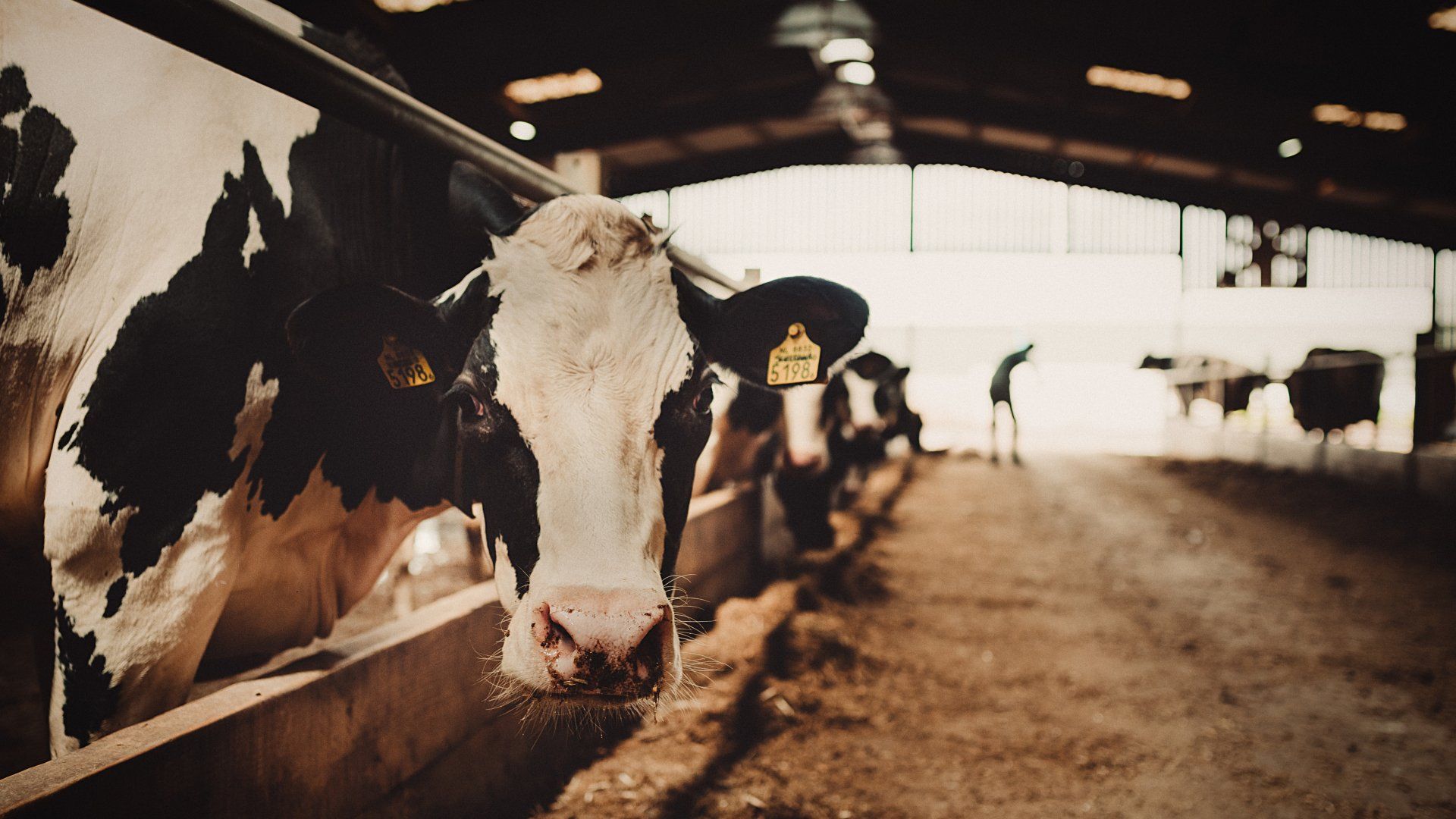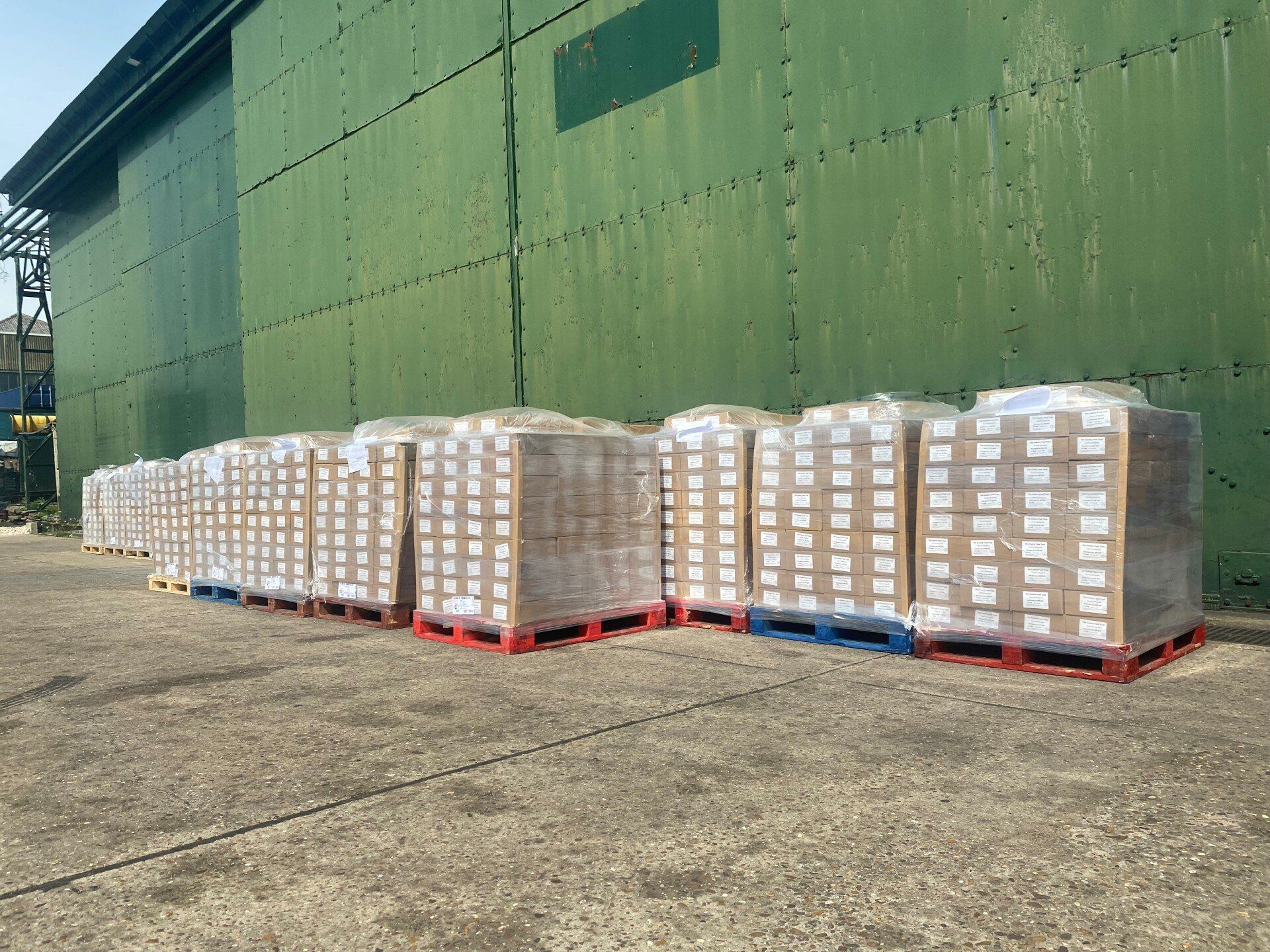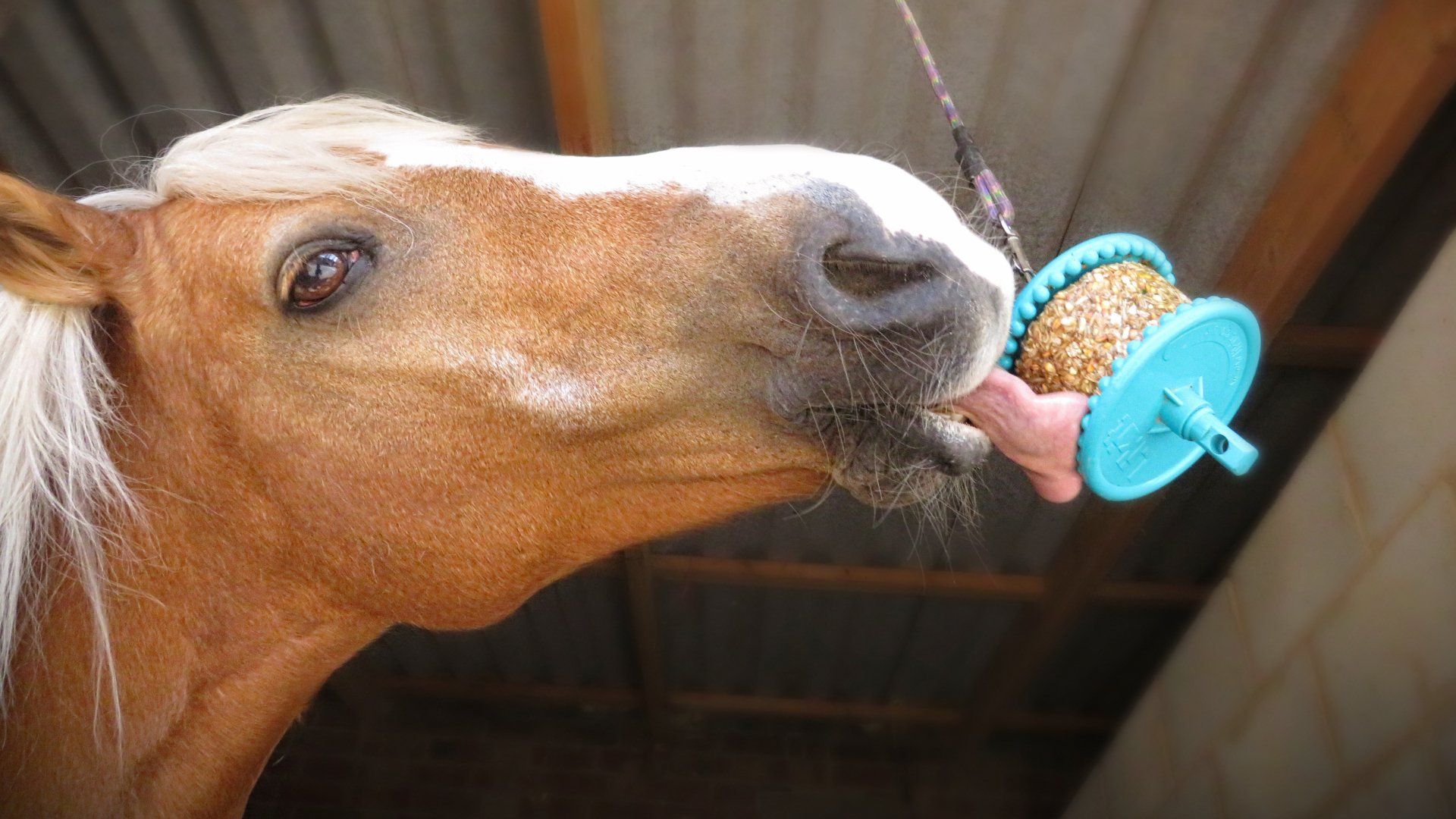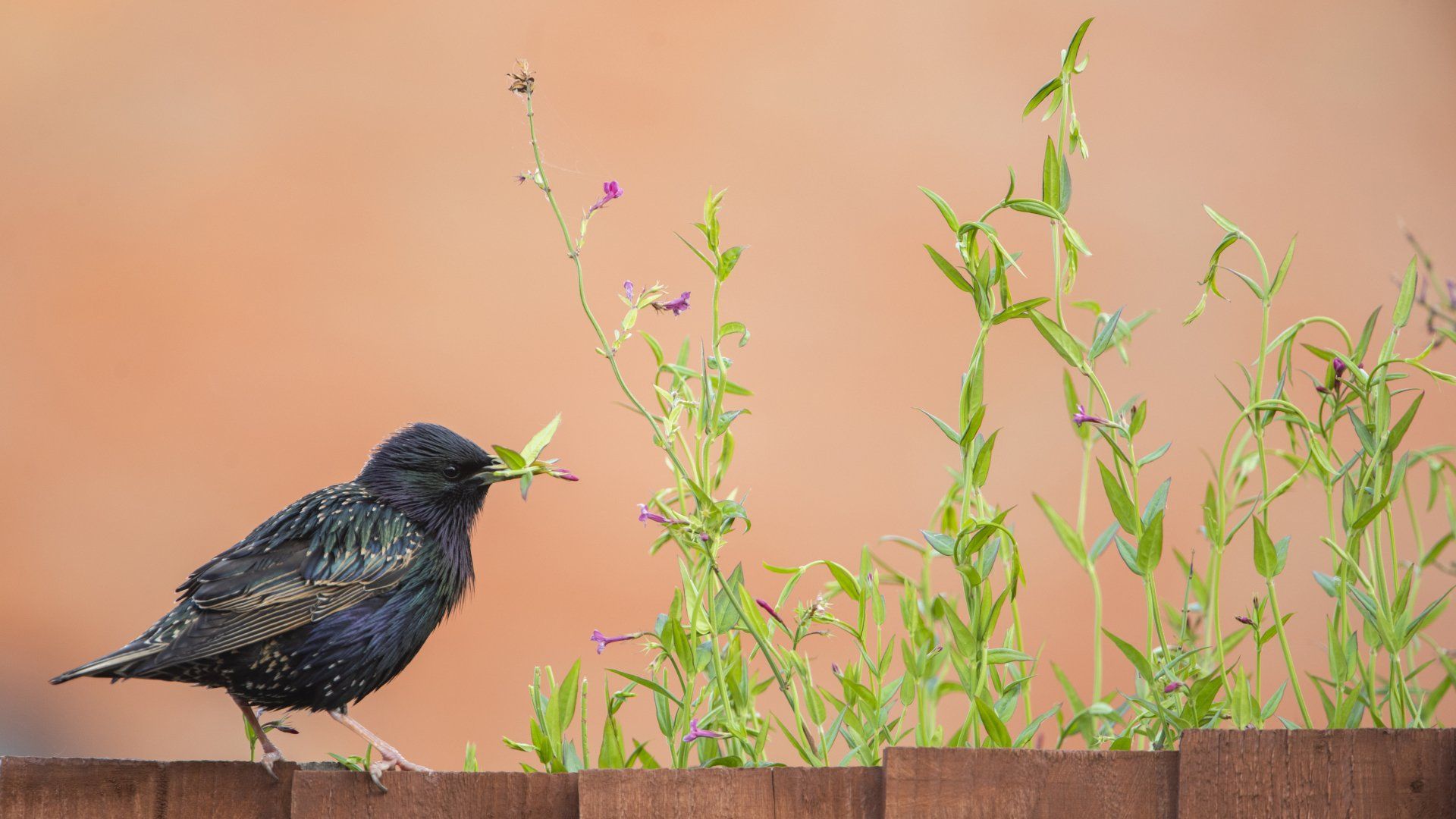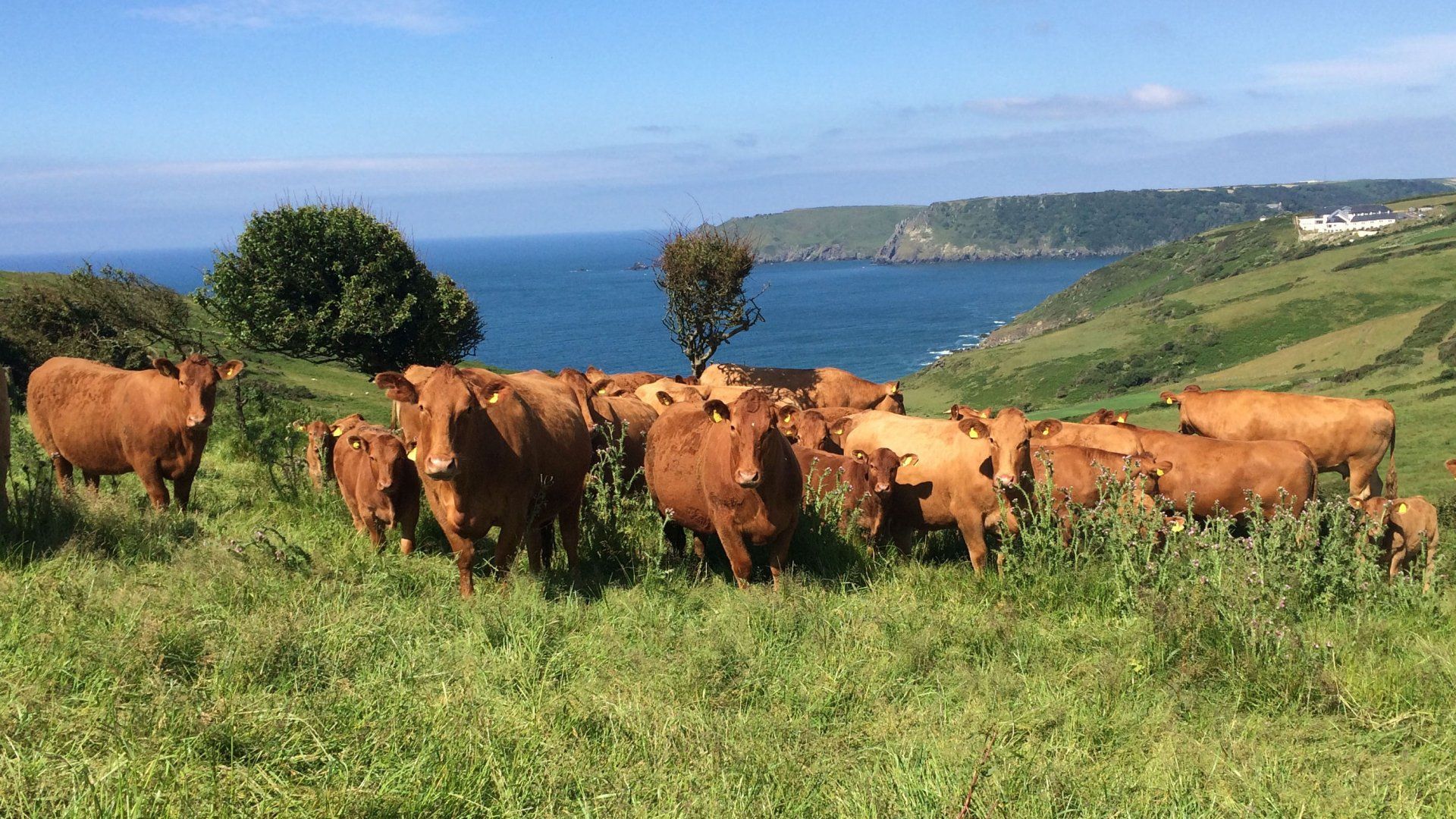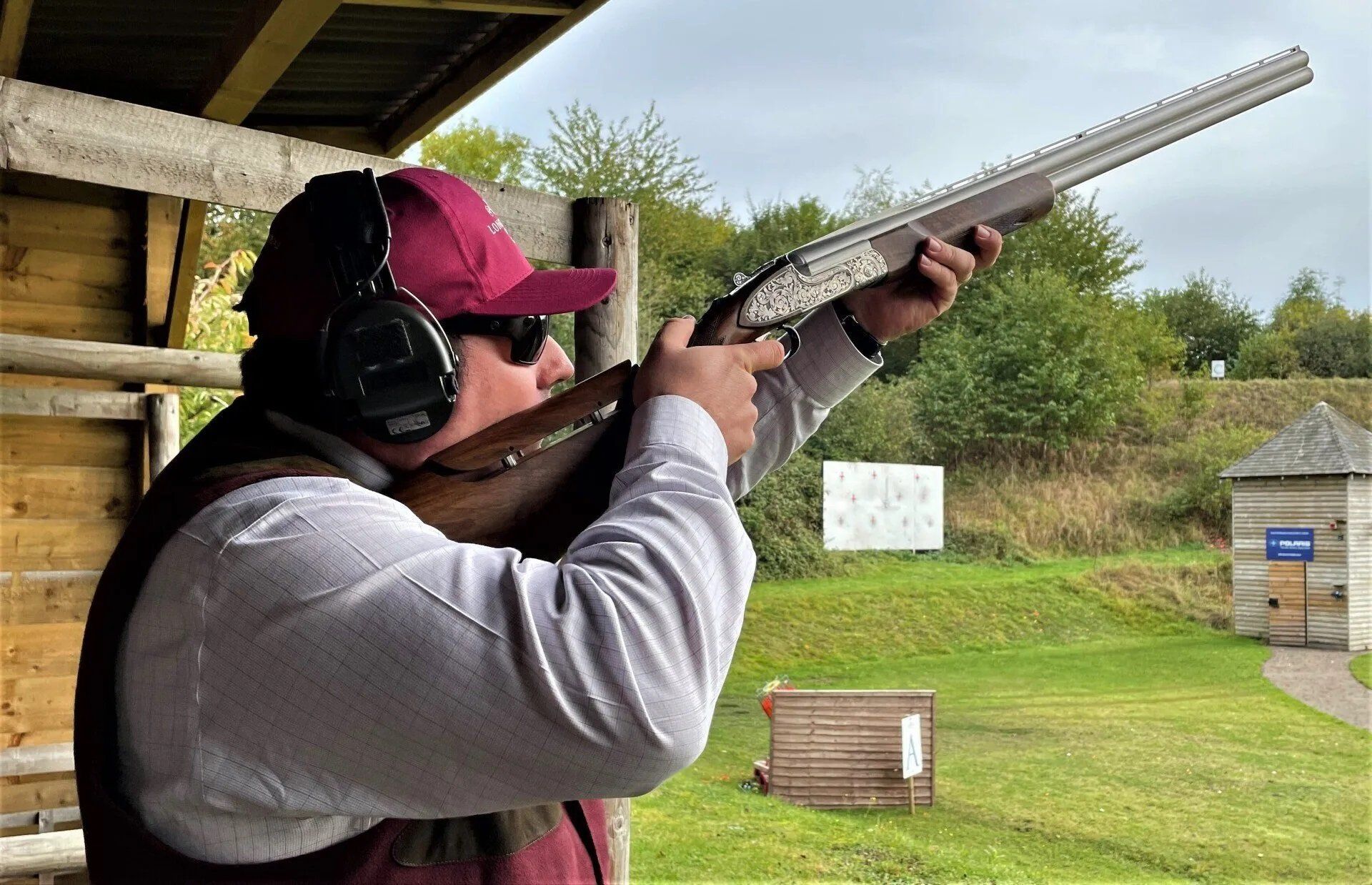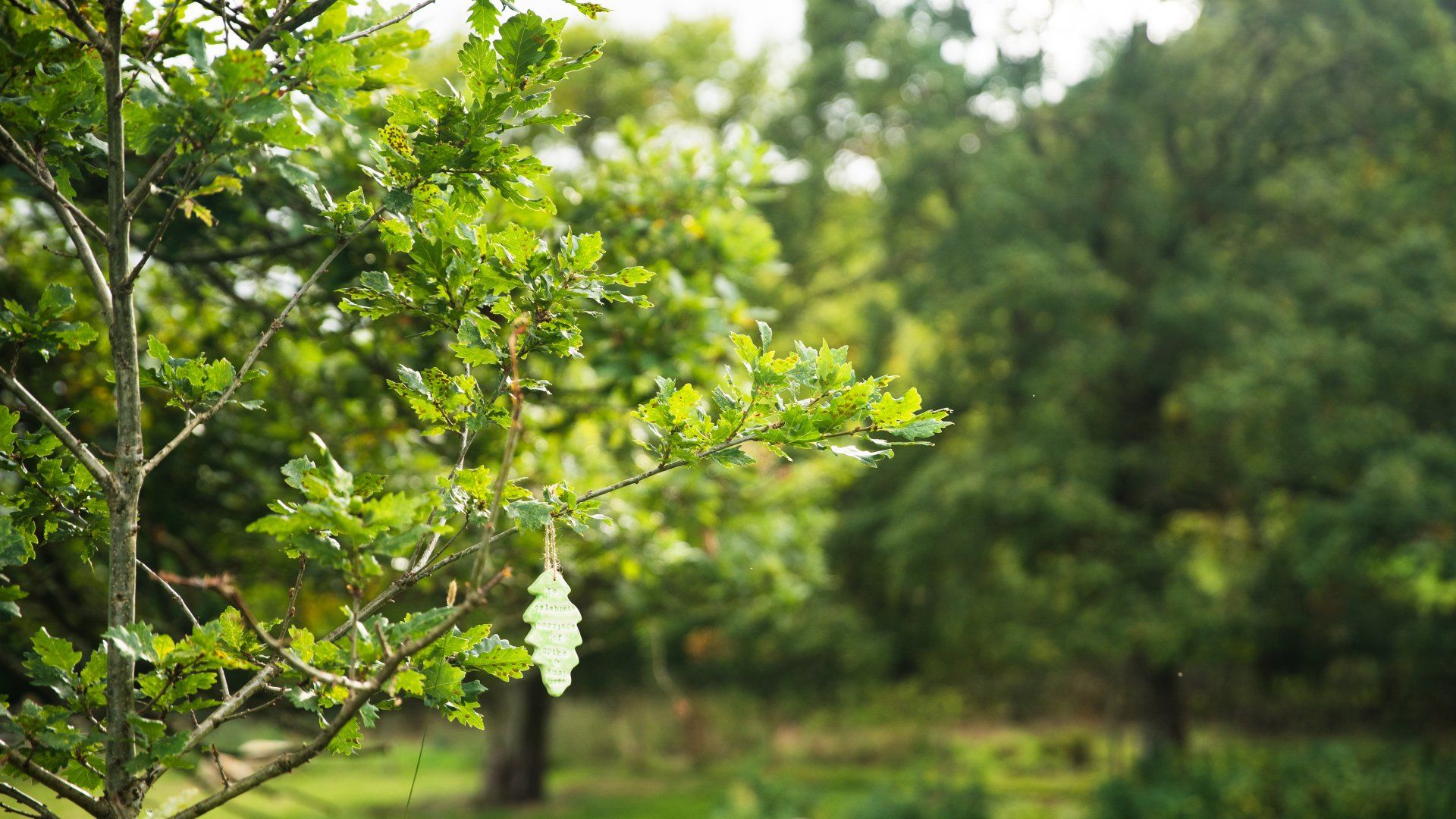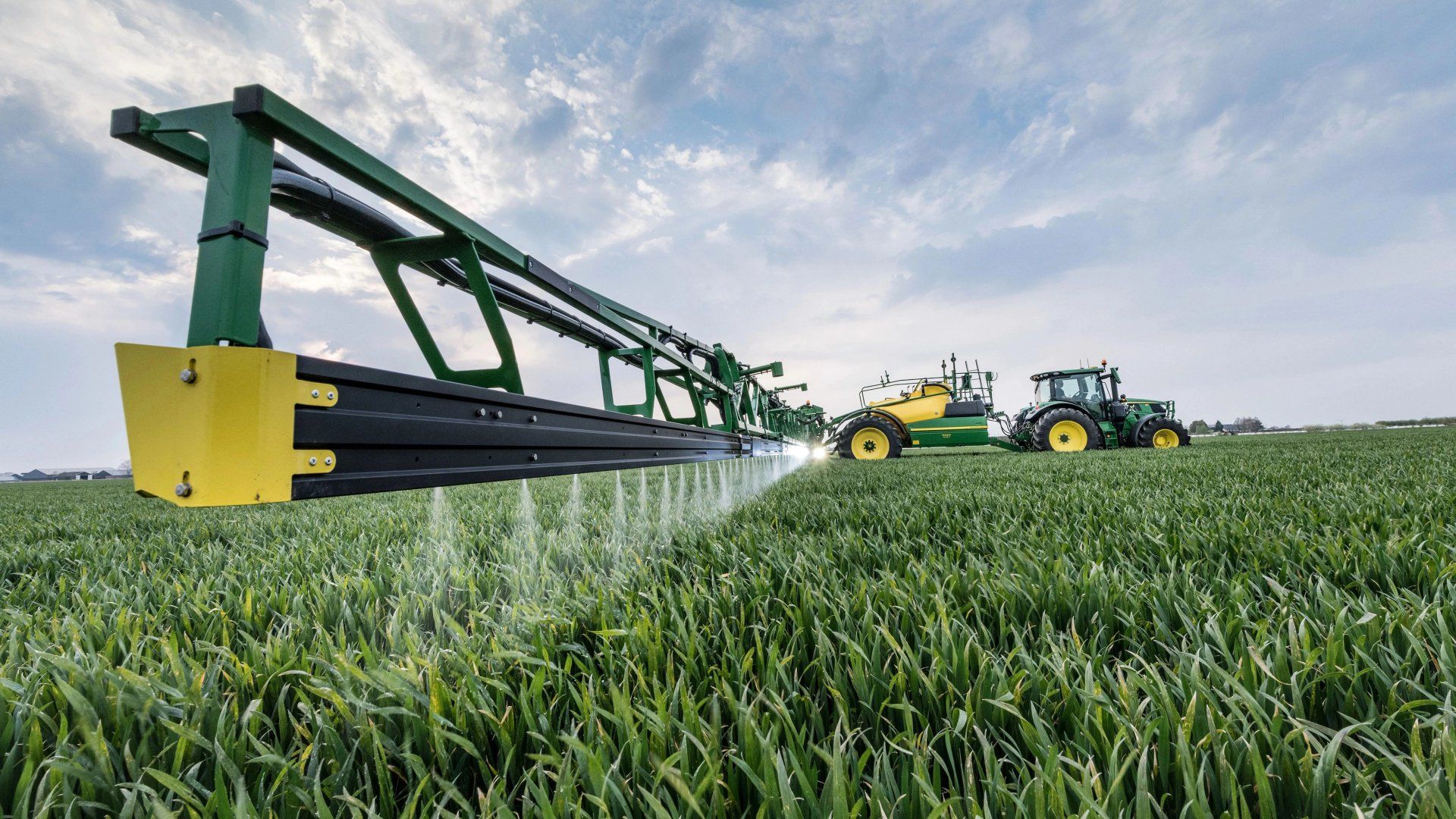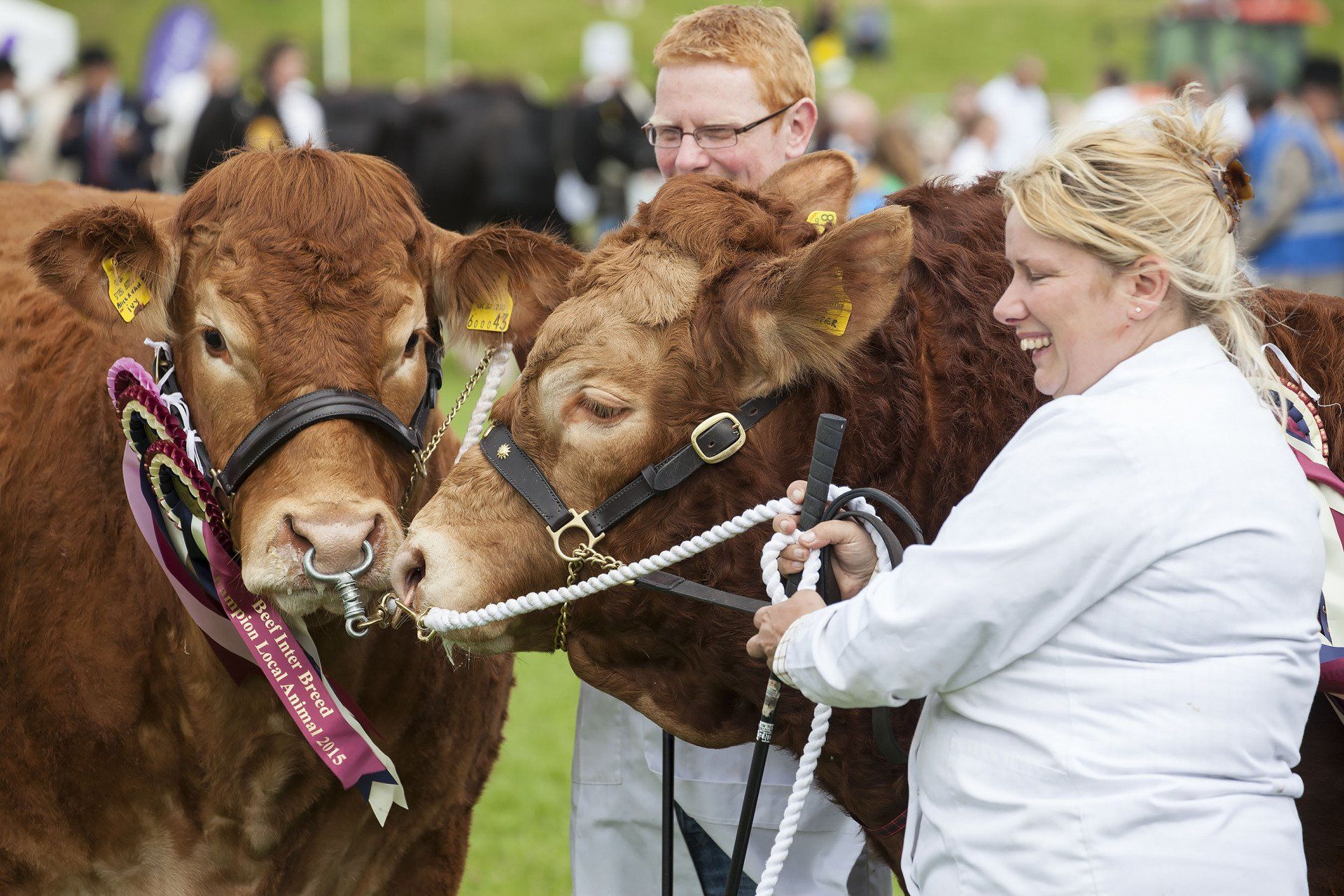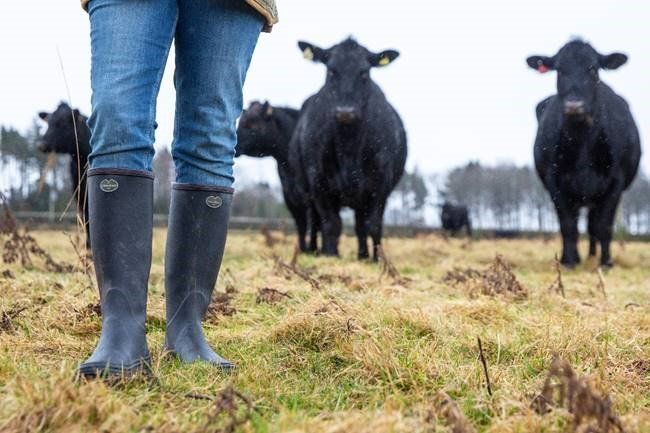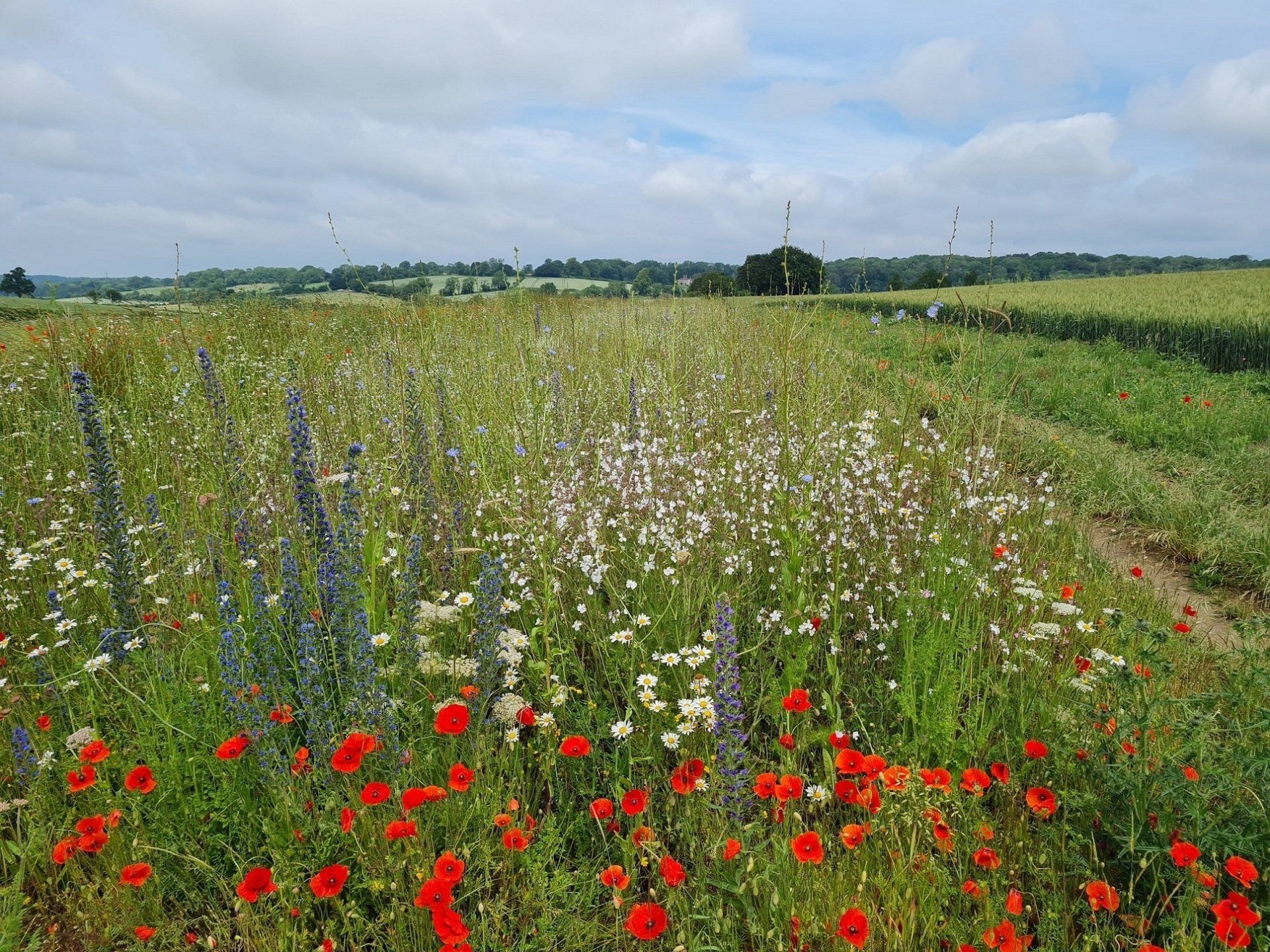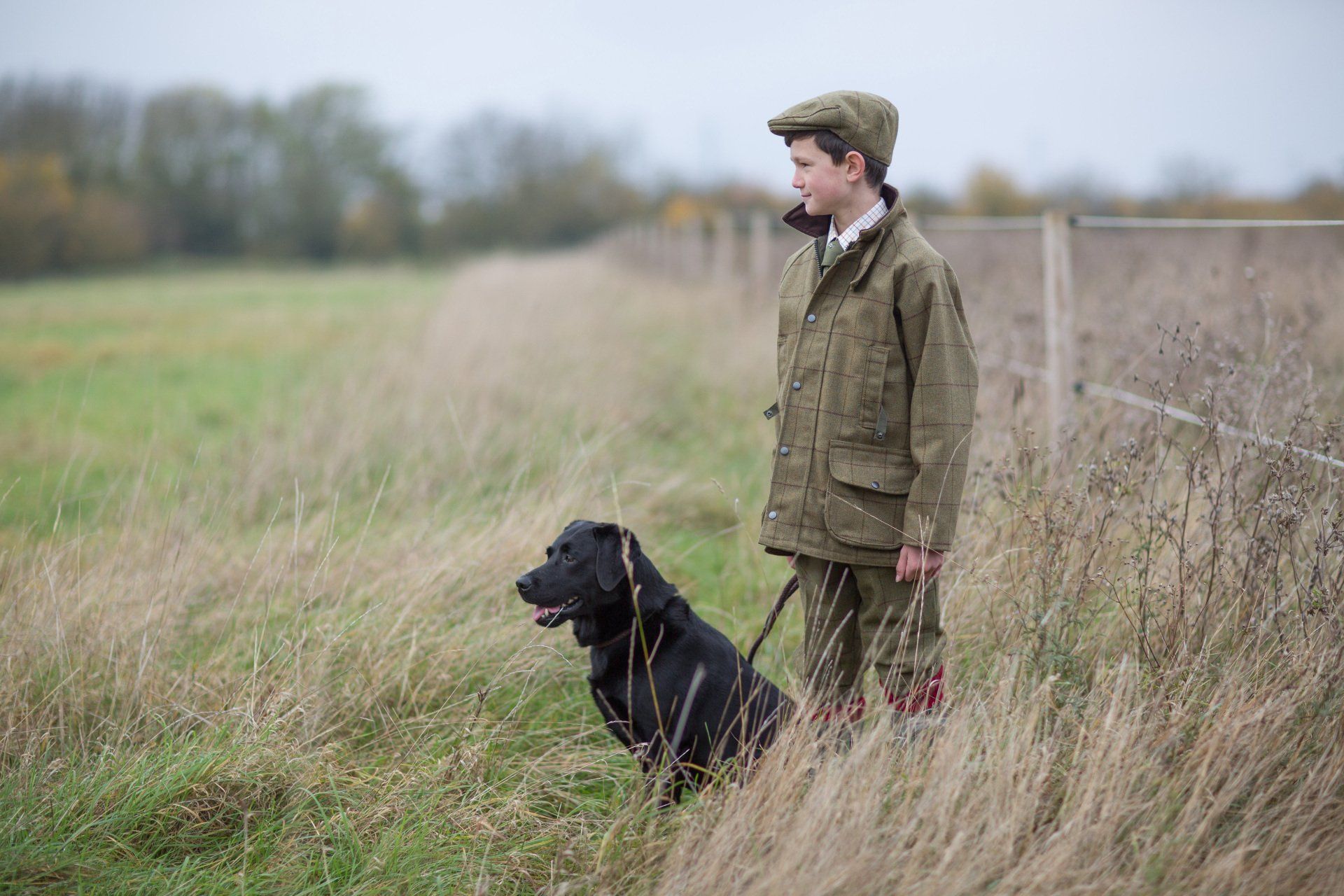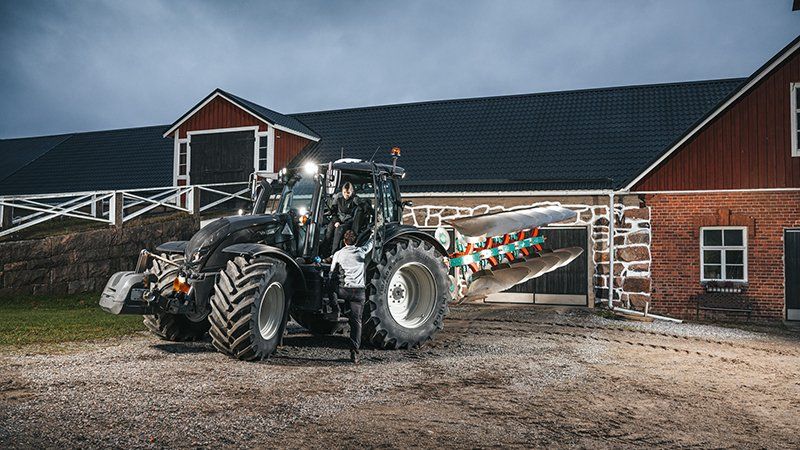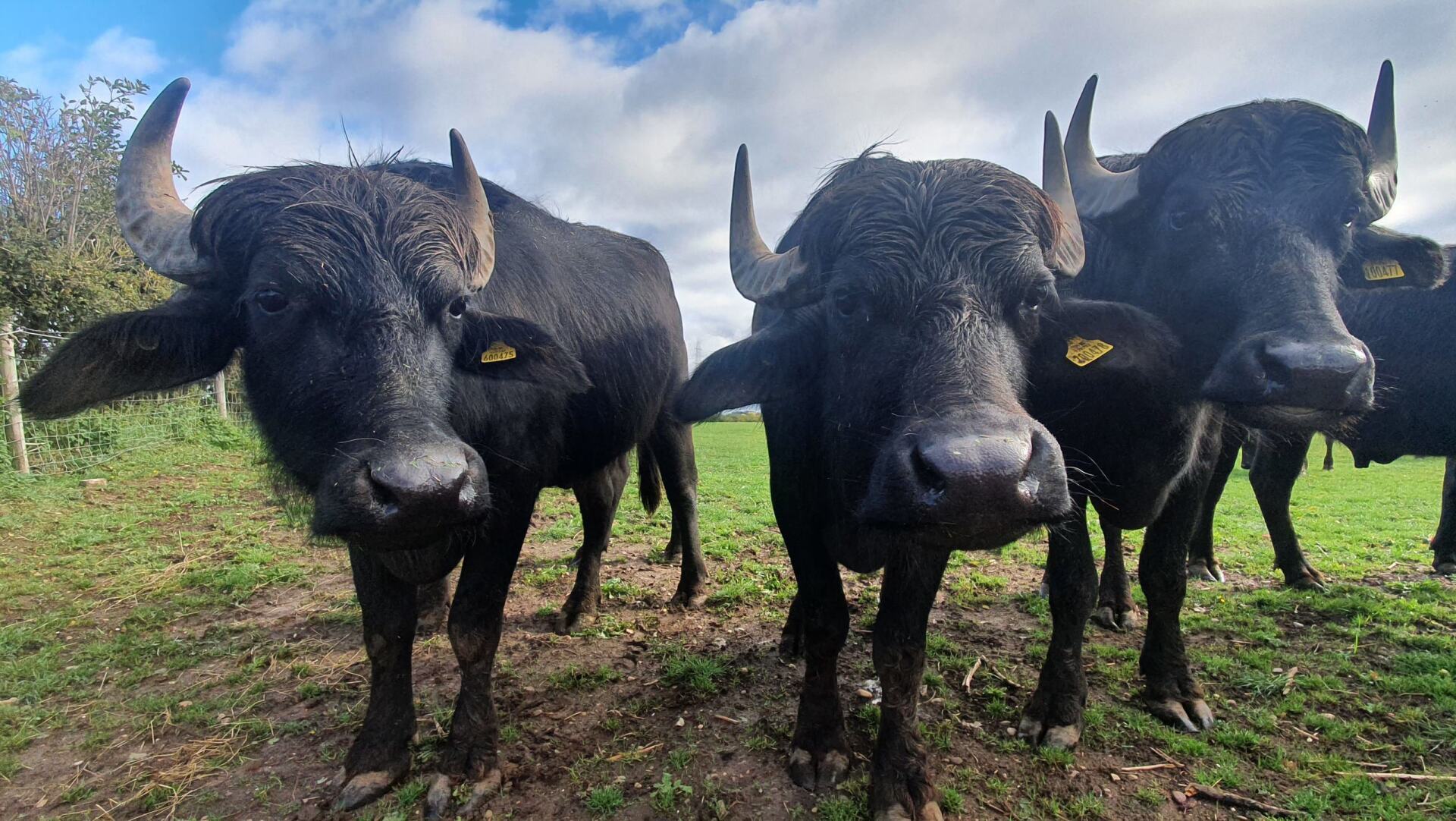Hoof Health 101
Preventing Laminitis in Ponies
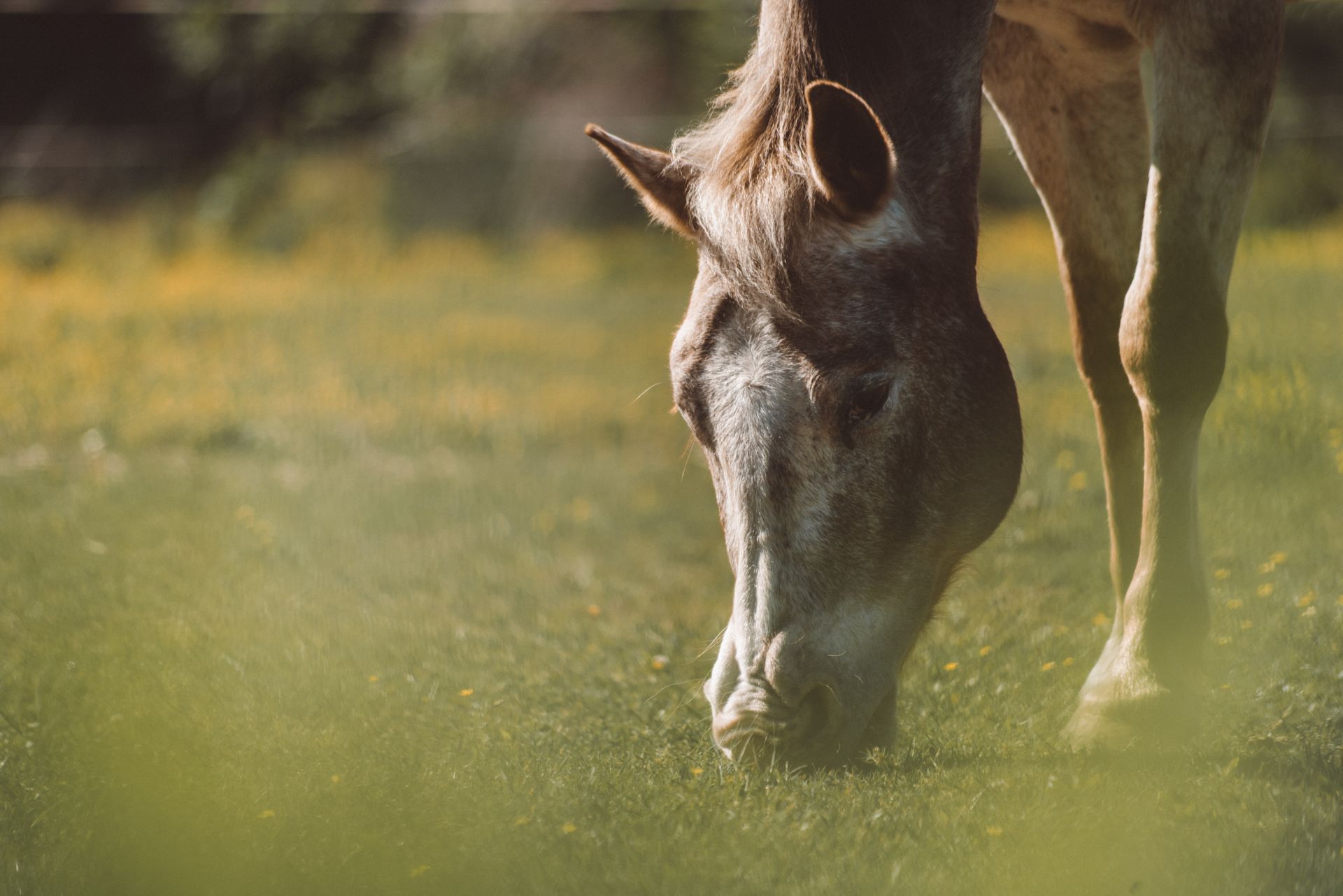
Laminitis, a painful and often debilitating condition affecting the hooves of ponies, poses significant challenges for equine owners and caretakers. Preventing laminitis is crucial for ensuring the well-being and longevity of these beloved companions.
In this comprehensive feature, we delve into essential strategies and best practices for preventing laminitis in ponies, focusing on proactive measures that owners can implement to promote optimal hoof health and overall wellness.
Understanding Laminitis Prevention: Preventing laminitis in ponies involves a multifaceted approach that addresses various risk factors and environmental considerations. By implementing proactive measures and maintaining vigilant oversight of their pony's health and well-being, owners can significantly reduce the likelihood of laminitis occurring.
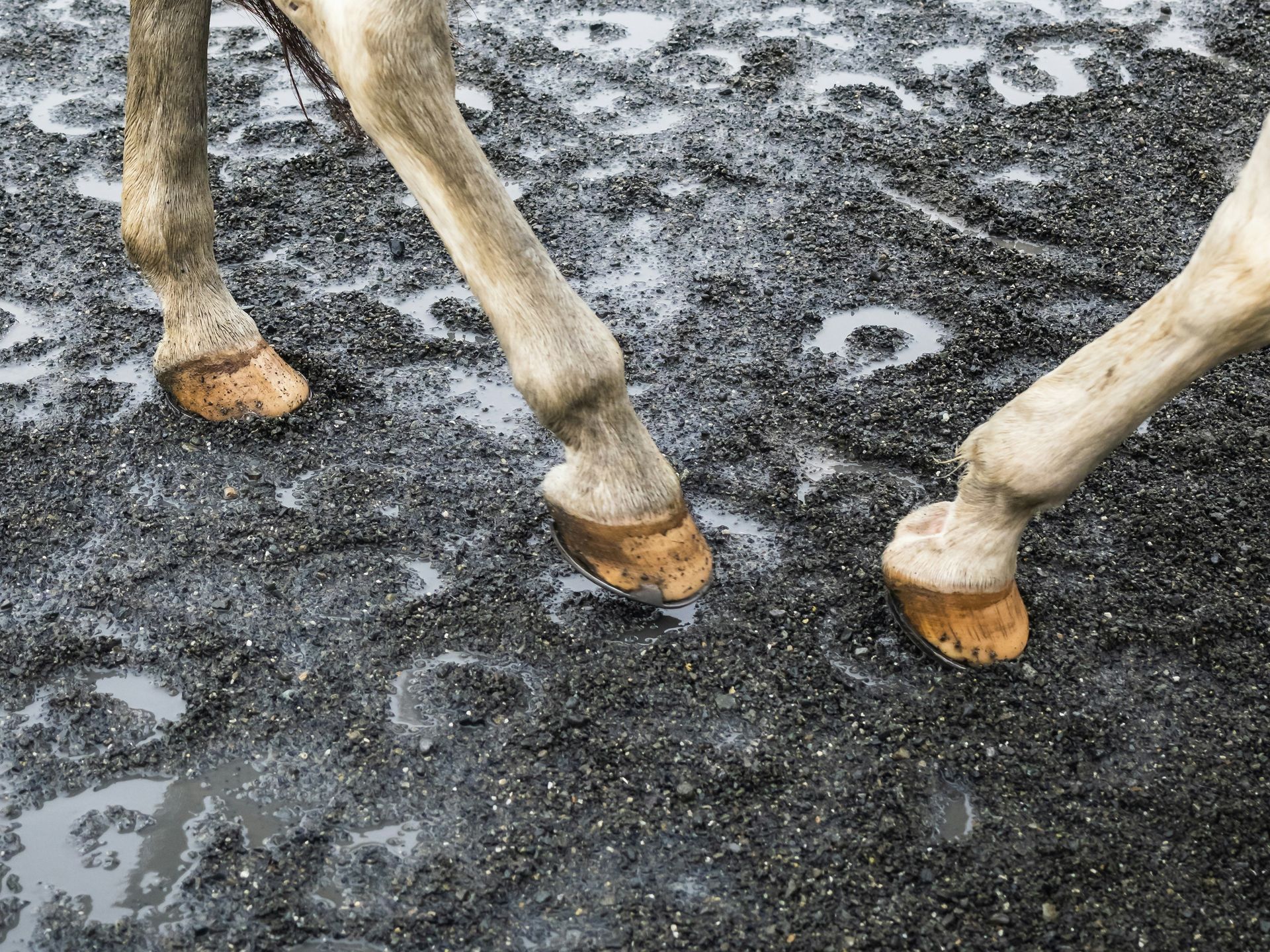
- Diet Management: Diet plays a crucial role in laminitis prevention, as certain foods and feeding practices can contribute to metabolic imbalances and obesity, increasing the risk of laminitis. Key dietary considerations include:
- Limiting access to lush pasture, particularly during periods of rapid grass growth or high sugar content, as this can lead to excessive consumption of sugars and starches, contributing to metabolic disturbances.
- Providing a balanced diet with appropriate levels of protein, vitamins, and minerals, while minimising sugar and starch intake. This may involve feeding high-fibre forages such as hay or haylage and supplementing with low-starch concentrates or feeds specifically formulated for ponies.
- Using slow-feeders or grazing muzzles to regulate calorie consumption and prevent overeating, especially in ponies prone to obesity or metabolic disorders. These devices can help slow down the rate of forage consumption and mimic natural grazing behaviour, reducing the risk of metabolic disturbances and associated laminitis.
- Regular Exercise: Regular exercise is essential for maintaining a healthy weight and promoting circulation, which can help prevent laminitis in ponies. Providing opportunities for daily turnout and exercise allows ponies to move freely and engage in natural behaviours, reducing the risk of obesity and metabolic dysfunction. Exercise can include riding, lunging, or turnout in a safe paddock or arena, tailored to the pony's age, fitness level, and individual needs.
- Proper Hoof Care: Regular hoof care is vital for preventing laminitis and maintaining hoof health in ponies. This includes:
- Routine hoof trimming by a qualified farrier to maintain proper balance and prevent overgrowth. Regular trimming helps distribute weight evenly across the hoof and prevents excessive pressure on sensitive structures, reducing the risk of laminitis.
- Monitoring hoof quality and detecting early signs of inflammation or damage, such as increased digital pulse or heat in the hooves. Prompt attention to any abnormalities or signs of discomfort can prevent laminitis from progressing and minimize long-term damage to the hoof structures.
- Using supportive hoof care measures, such as padded or supportive shoes, to reduce pressure on the hooves and promote comfort, especially in ponies with pre-existing hoof issues or laminitis risk factors. Proper shoeing can help alleviate pain and support the hoof structures, allowing ponies to move comfortably and maintain overall soundness.
- Environmental Considerations: Creating a supportive living environment is essential for preventing laminitis in ponies.
Environmental considerations include:
- Providing access to dry, well-drained turnout areas to minimise exposure to wet or muddy conditions, which can weaken hoof structures and increase susceptibility to laminitis. Dry turnout areas help maintain hoof health and reduce the risk of bacterial or fungal infections, which can predispose ponies to laminitis.
- Implementing pasture management practices, such as rotational grazing and pasture rest periods, to prevent overgrazing and maintain grass quality and nutrient content. Well-managed pastures provide ponies with access to high-quality forage while reducing the risk of ingesting harmful toxins or excessive sugars that can trigger laminitis.
- Monitoring pasture forage quality and sugar content, particularly during periods of rapid growth or stress, and adjusting turnout and feeding schedules accordingly to mitigate the risk of metabolic disturbances. Regular pasture assessment and grass analysis can help identify potential risk factors and inform management decisions to prevent laminitis outbreaks.
Preventing laminitis in ponies requires a proactive and comprehensive approach that addresses dietary, exercise, hoof care, and environmental factors. By implementing proactive measures and maintaining vigilant oversight of their pony's health and well-being, owners can significantly reduce the risk of laminitis and promote optimal hoof health and overall wellness.
Through responsible management practices, regular veterinary care, and informed decision-making, ponies can thrive and enjoy a high quality of life, free from the pain and discomfort associated with laminitis. By prioritising hoof health and implementing preventive measures, owners can ensure that their ponies remain happy, healthy, and sound for years to come.
Read more:
